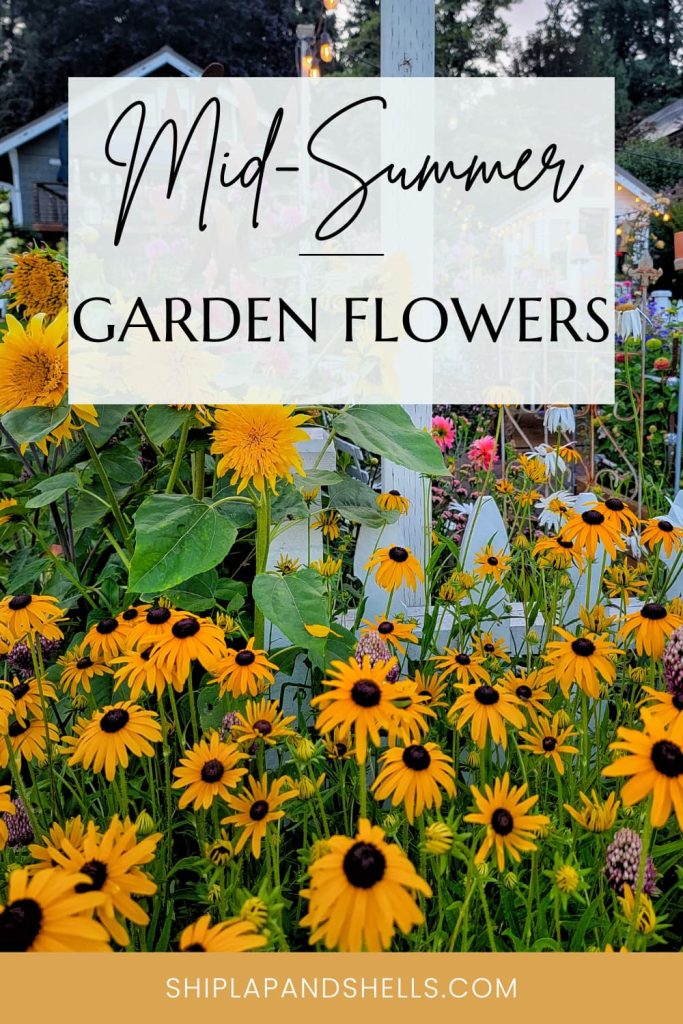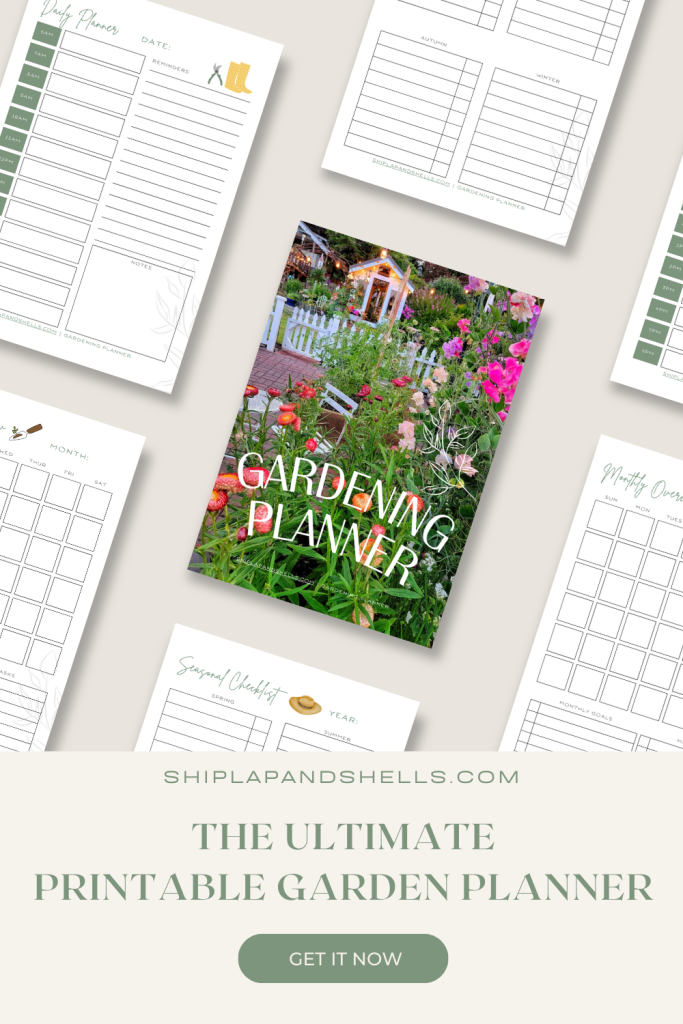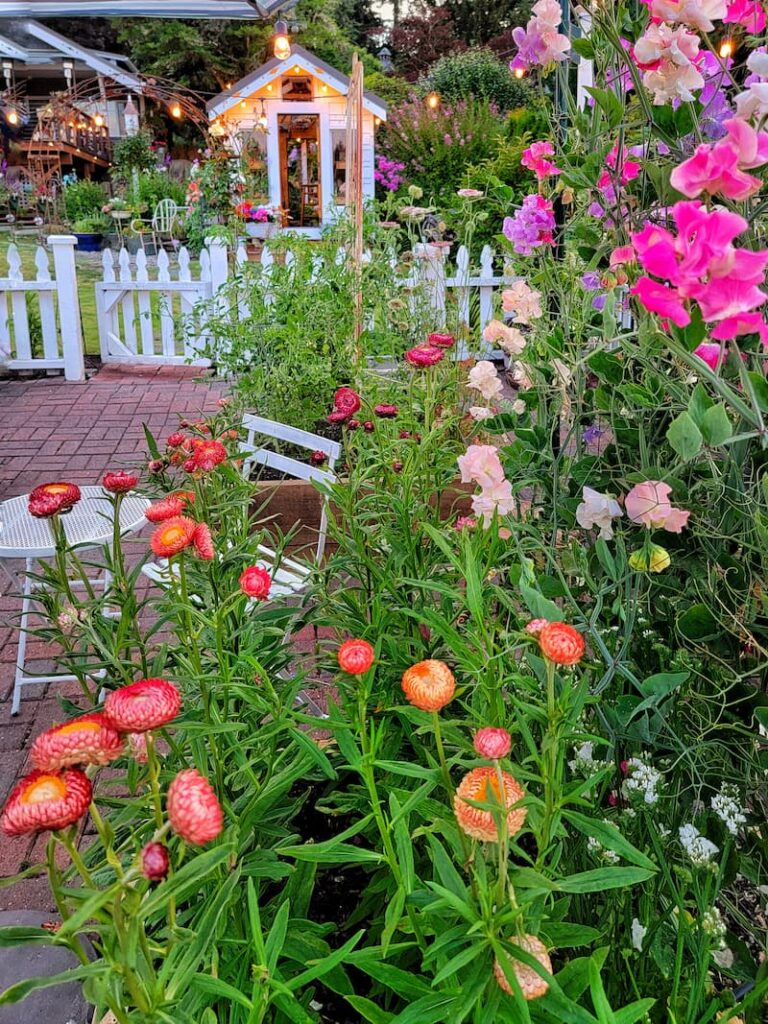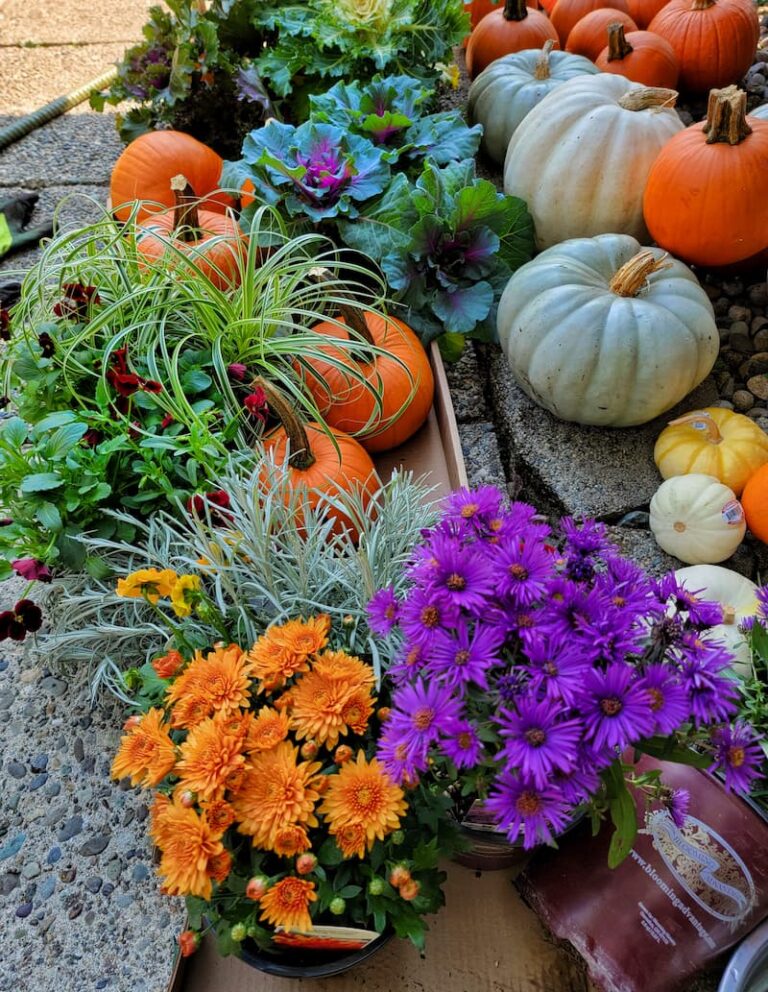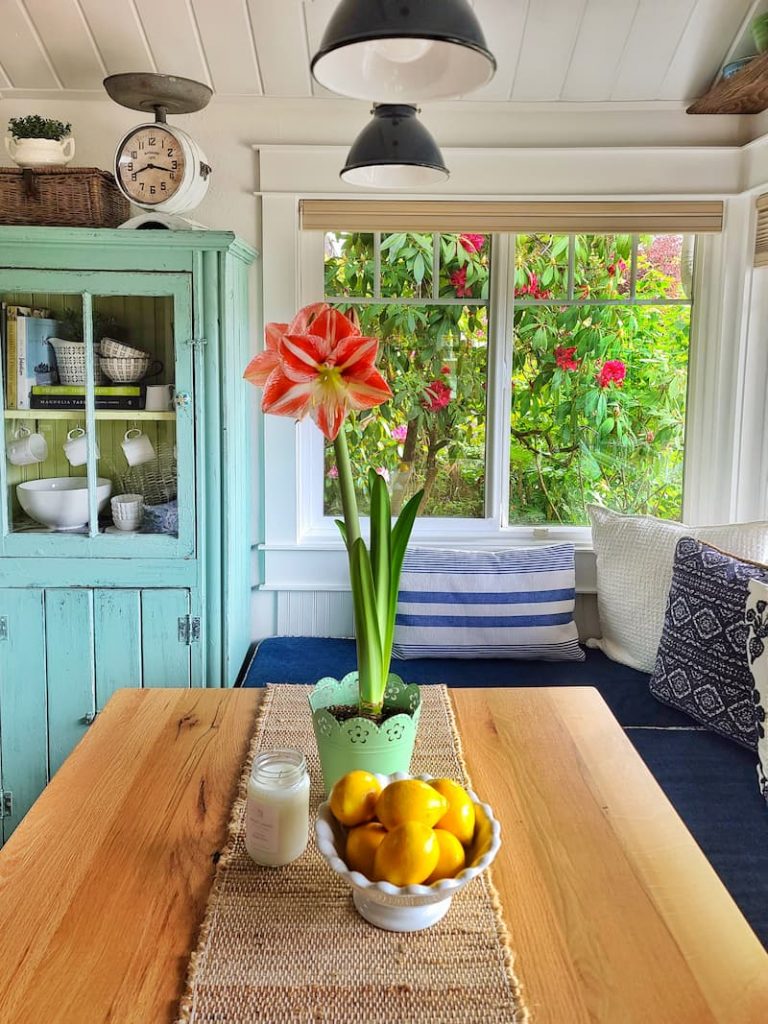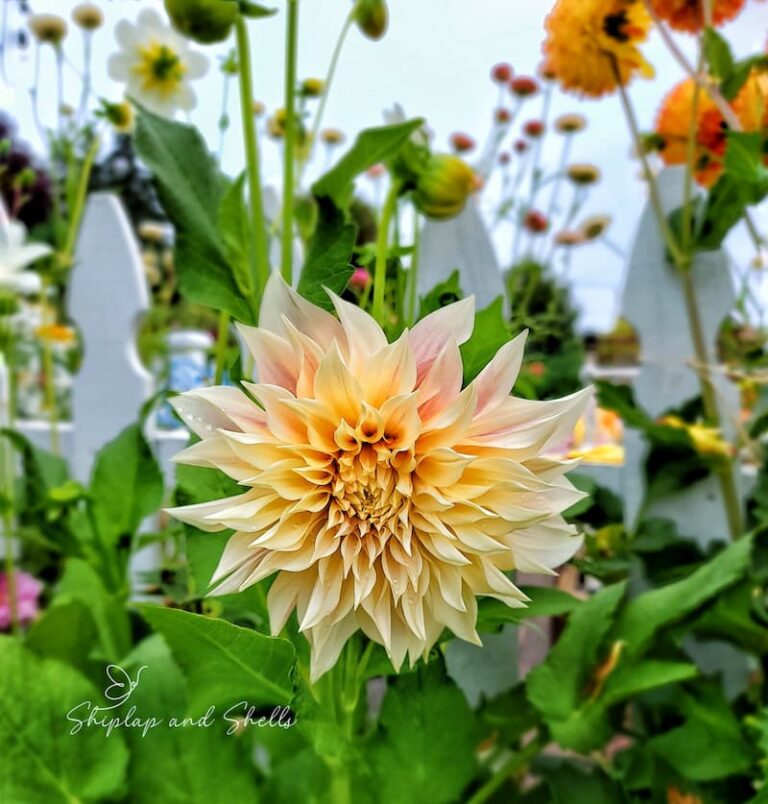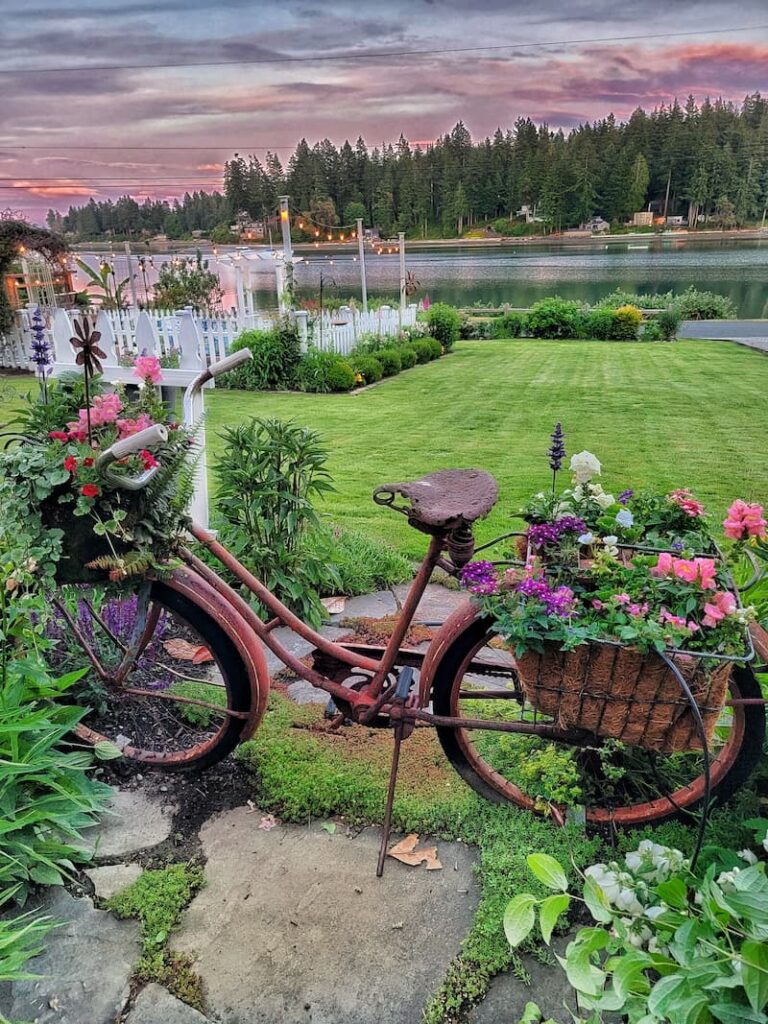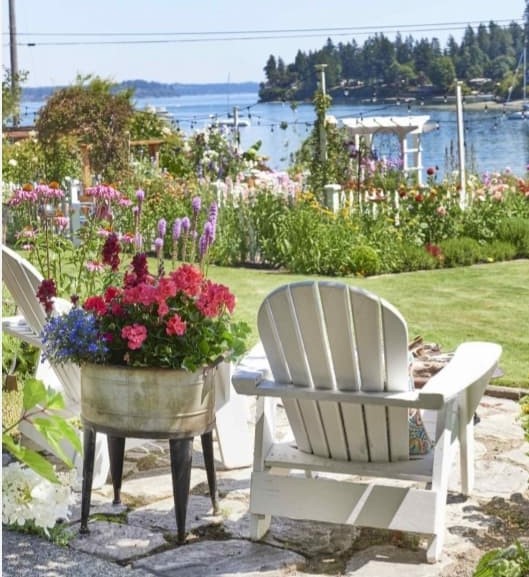Guide to Must-Have Blooms for Your Mid-Summer Flower Garden
Is your garden looking a little sleepy this time of year? Don’t worry—mid-summer is when things really start to shine around here, and it’s the perfect time to refresh your flower beds with heat-loving blooms that thrive well into fall.
Our Pacific Northwest garden is at its peak in late July and early August, bursting with colorful, pollinator-friendly blooms. Whether you’re looking to add cheerful color, attract bees and butterflies, or just keep things blooming through the dog days of summer, I’ve got you covered.
I’m sharing my go-to mid-summer flowers—the tried-and-true favorites that bring long-lasting beauty, stand up to the heat, and don’t mind a little dry spell here and there.
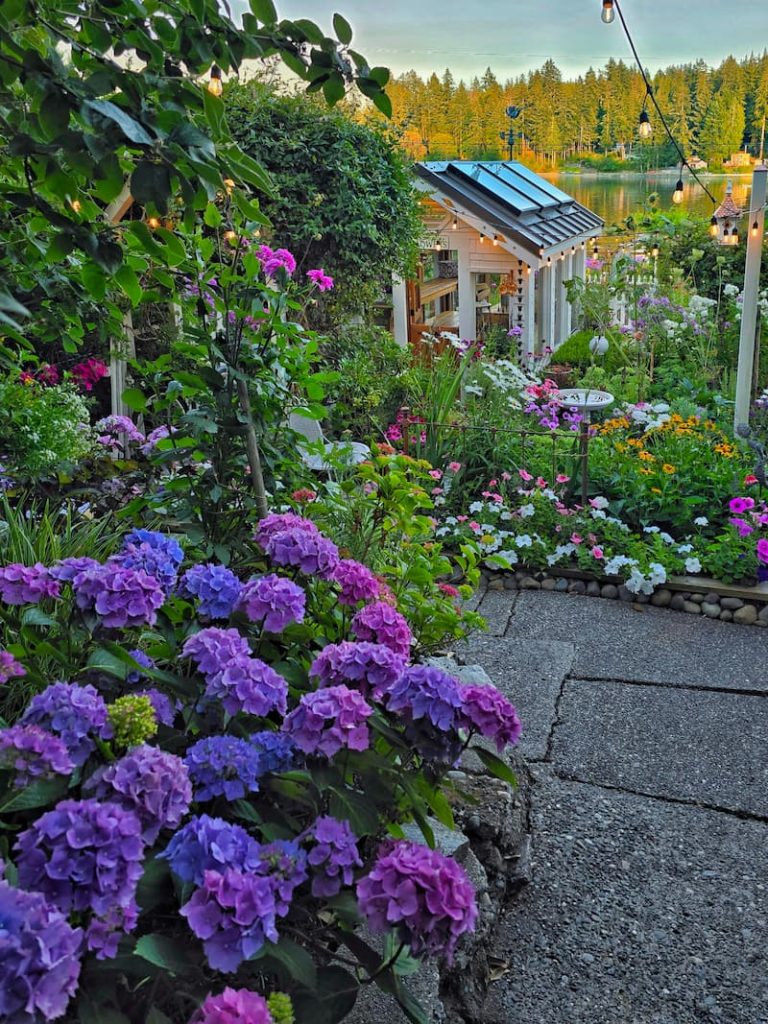
As an Amazon affiliate, I earn a commission from qualifying purchases at no additional cost to you. My blog also contains other affiliate links for your convenience. Click here to read my privacy policy.
Benefits of Mid-Summer Flower Blooms
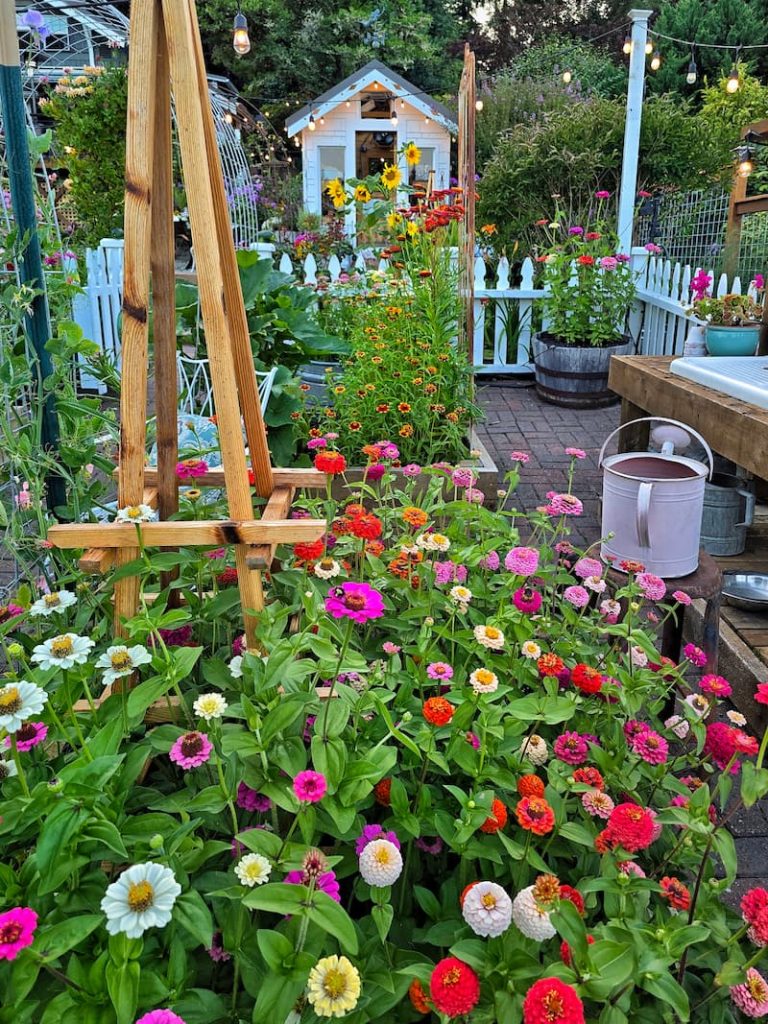
Before we get to the flowers, here’s why mid-summer blooms deserve a spot in your garden:
Favorite Mid-Summer Blooms for Your Garden
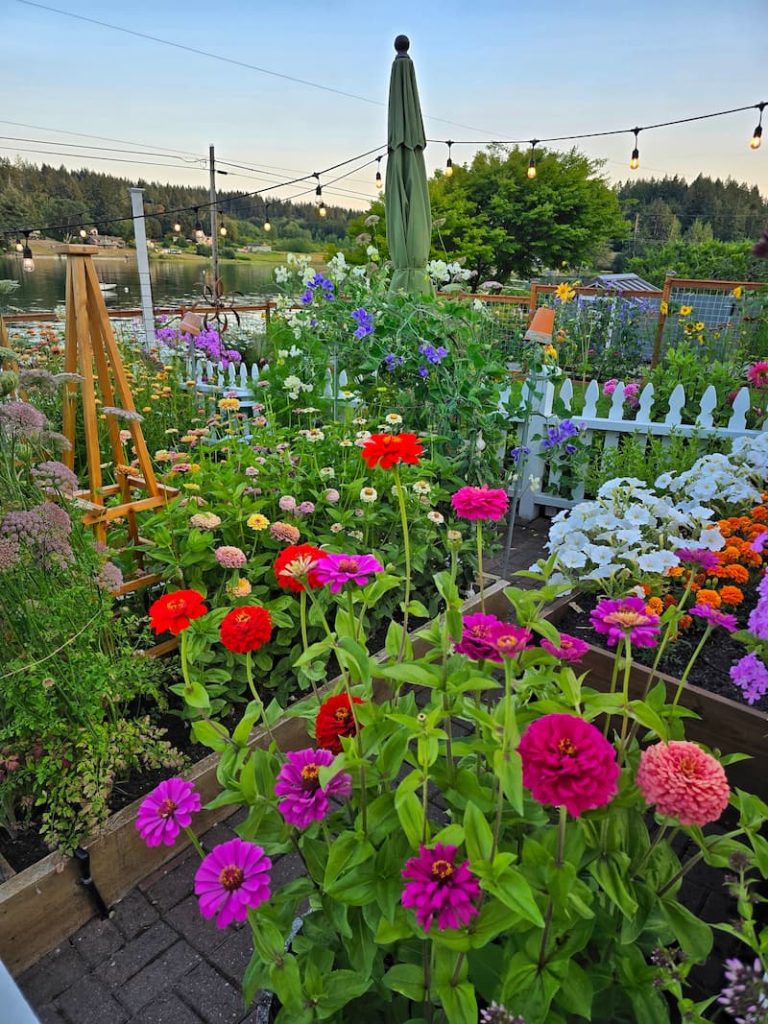
When it comes to mid-summer gardening, choosing the right flowers can make all the difference in creating a beautifully thriving garden.
Here are some of my favorite mid-summer flower blooms that will bring color and beauty to your outdoor space.
Dahlias
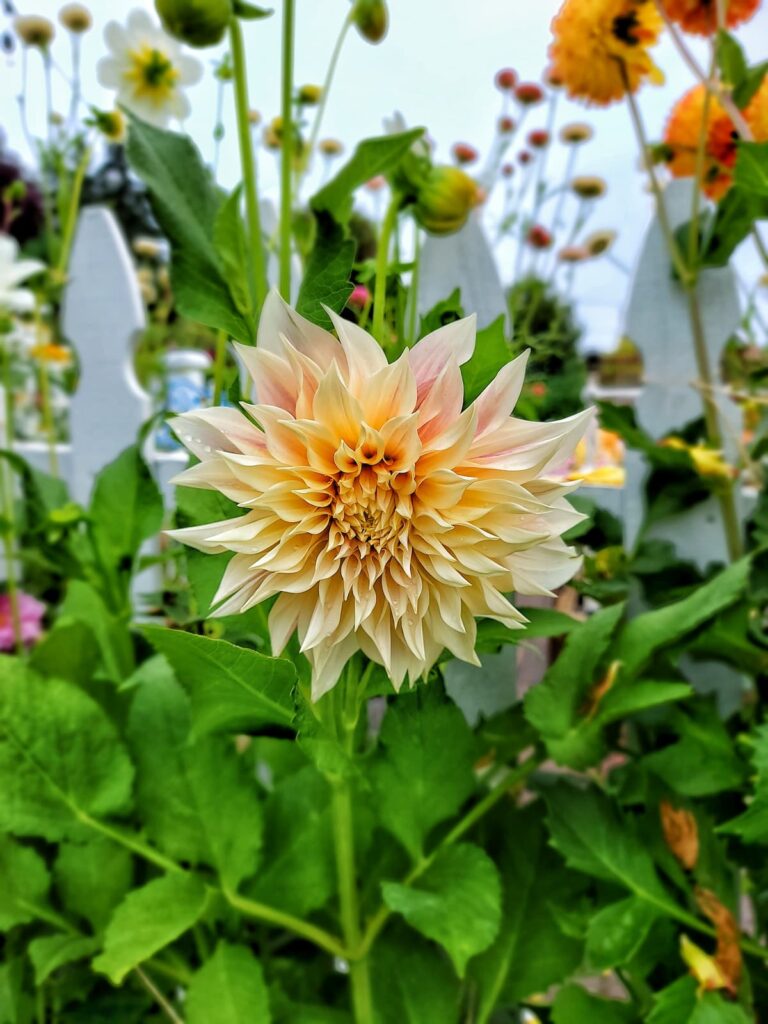
If I had to pick one mid-summer showstopper, it would be dahlias. From petite pom-poms to dinner-plate blooms, there’s a variety for every gardener. They bloom from midsummer through frost and come in nearly every color imaginable.
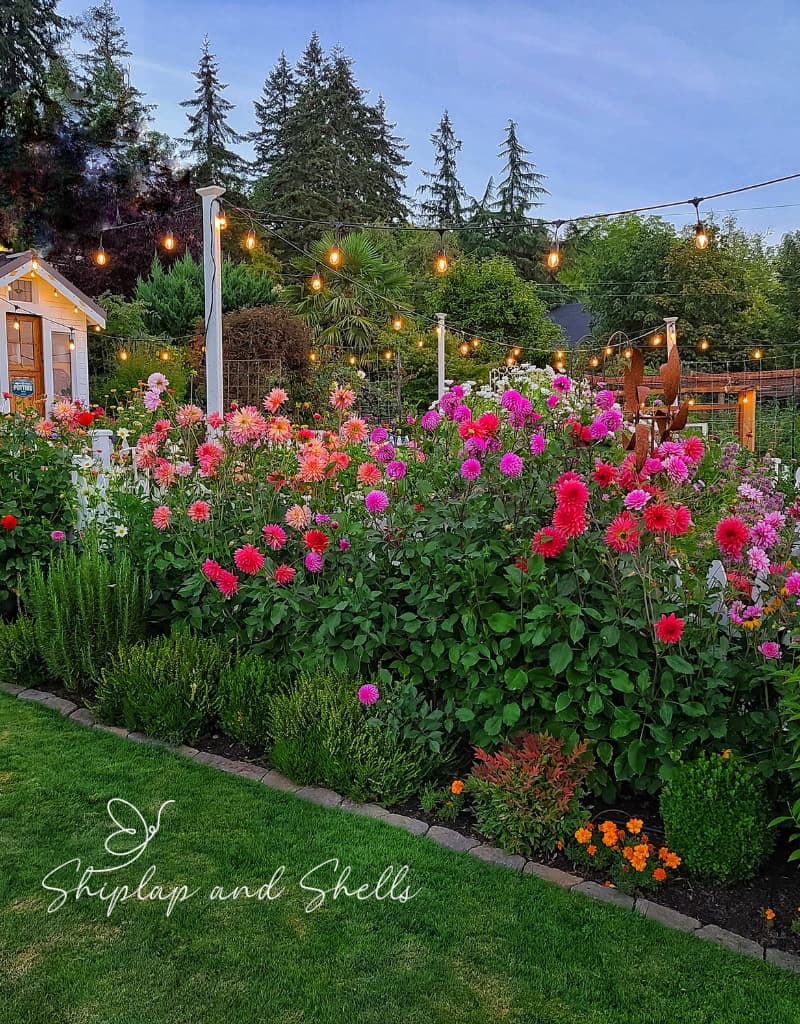
Why I love them: They make the prettiest cut flowers and bring serious color drama to the garden from midsummer through the first frost.
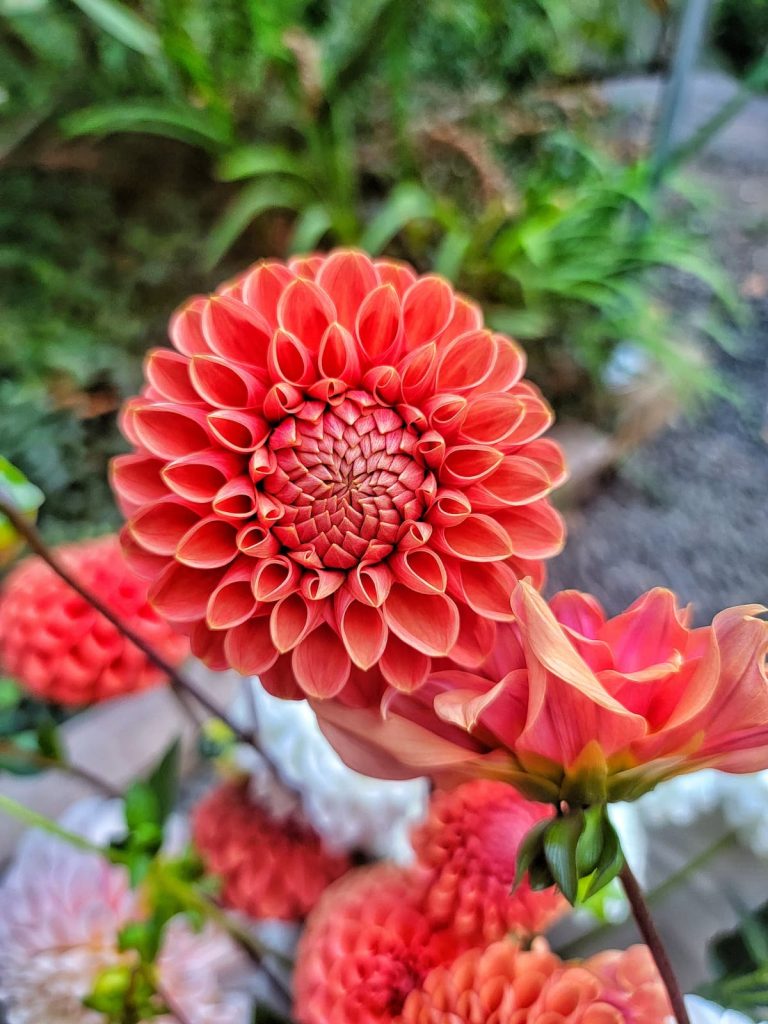
Care Tip: Dahlias love sun, rich soil, and regular deep watering. Stake tall varieties early on to keep them upright and happy.
Shasta Daisies
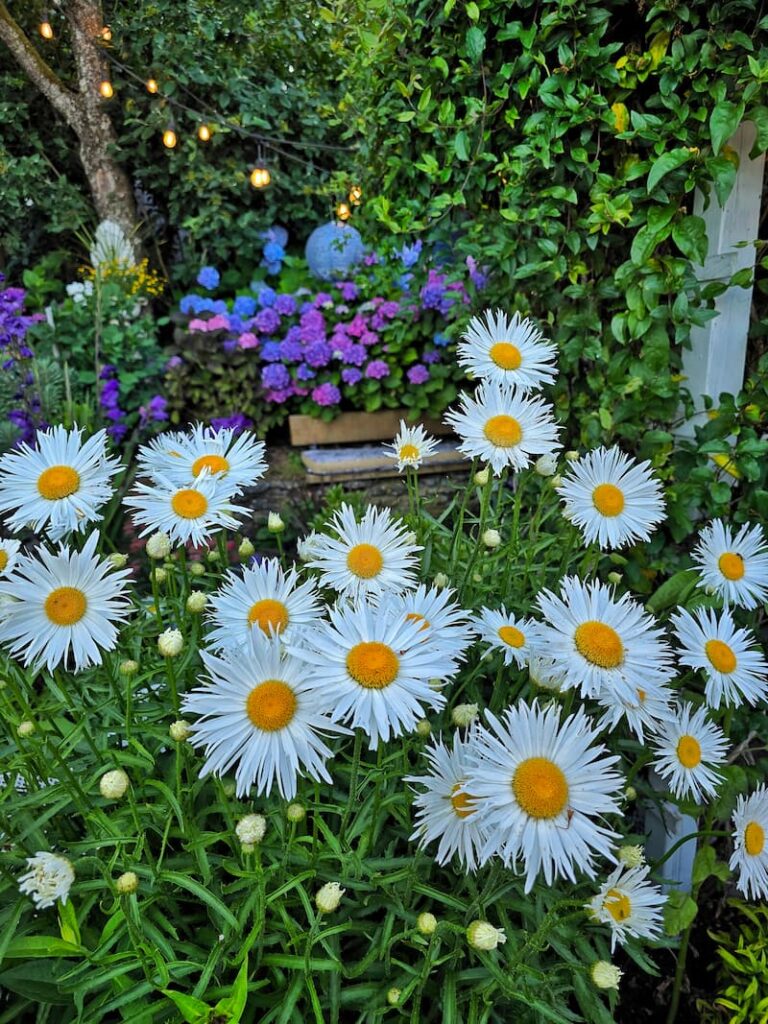
These classic perennials are some of the earliest mid-summer bloomers in my garden, and they pair beautifully with just about everything. Their bright white petals and sunny yellow centers add a cheerful pop to borders and bouquets.
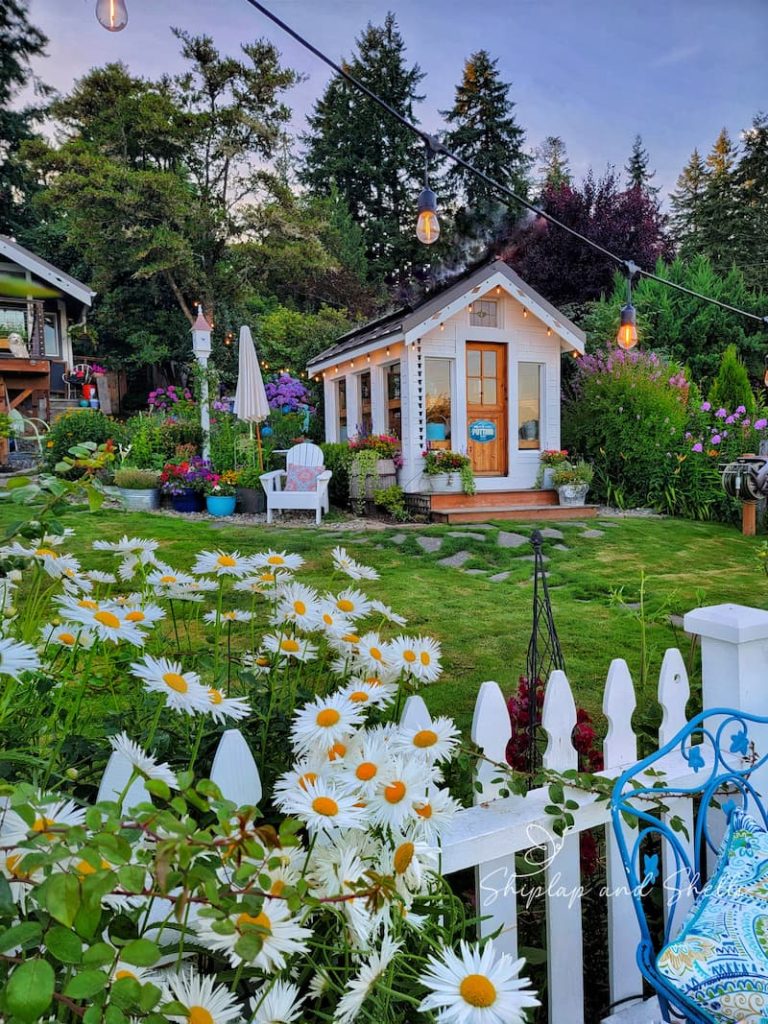
Why I love them: They’re reliable, deer-resistant, and bloom like crazy from July all the way into September for some regions.
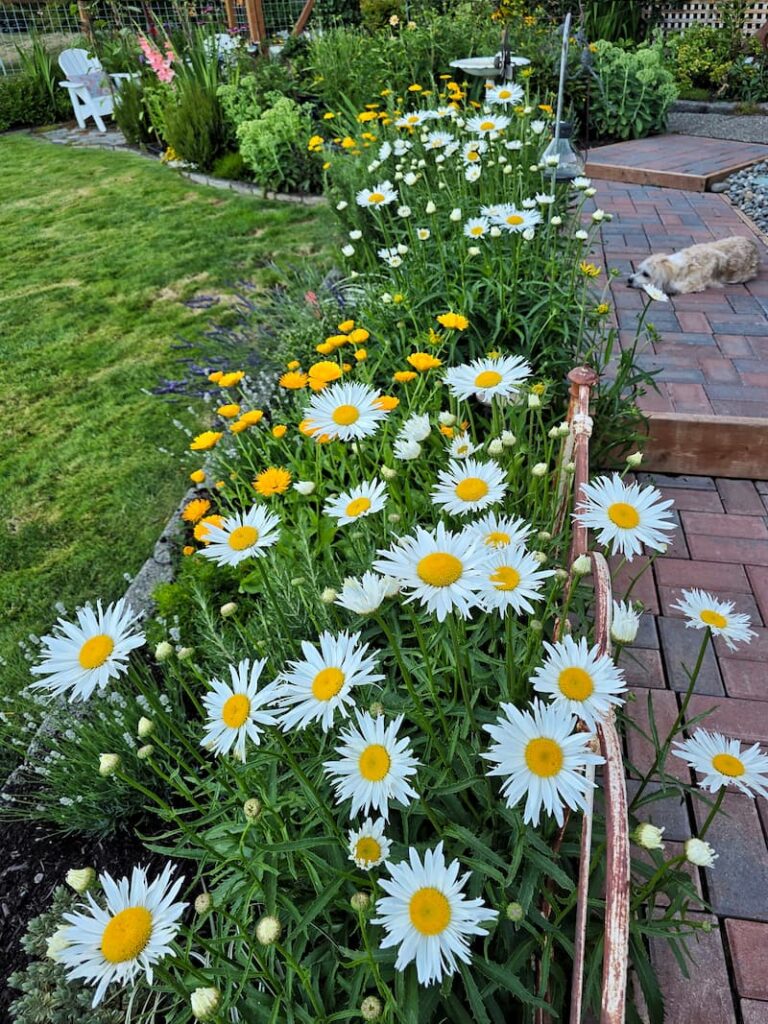
Care Tip: Deadhead regularly to keep them blooming strong.
Coneflowers (Echinacea)
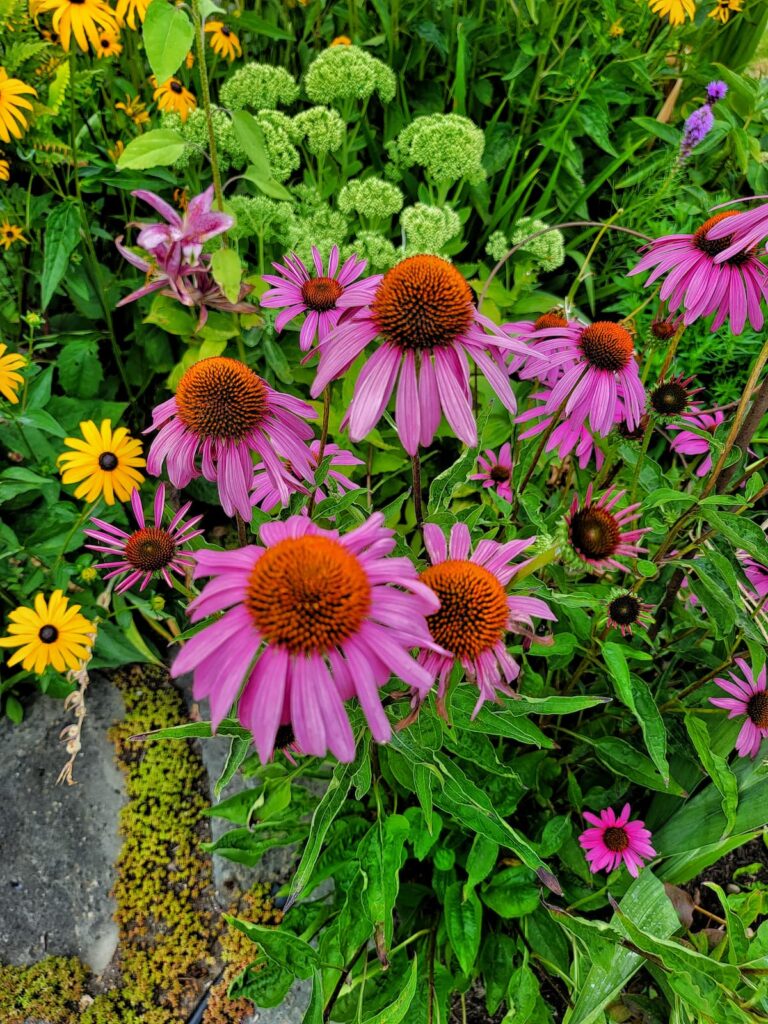
A pollinator magnet with long-lasting blooms, coneflowers come in shades of purple, pink, and even orange and white these days. They’re tough, heat-loving perennials that bloom from midsummer to frost.
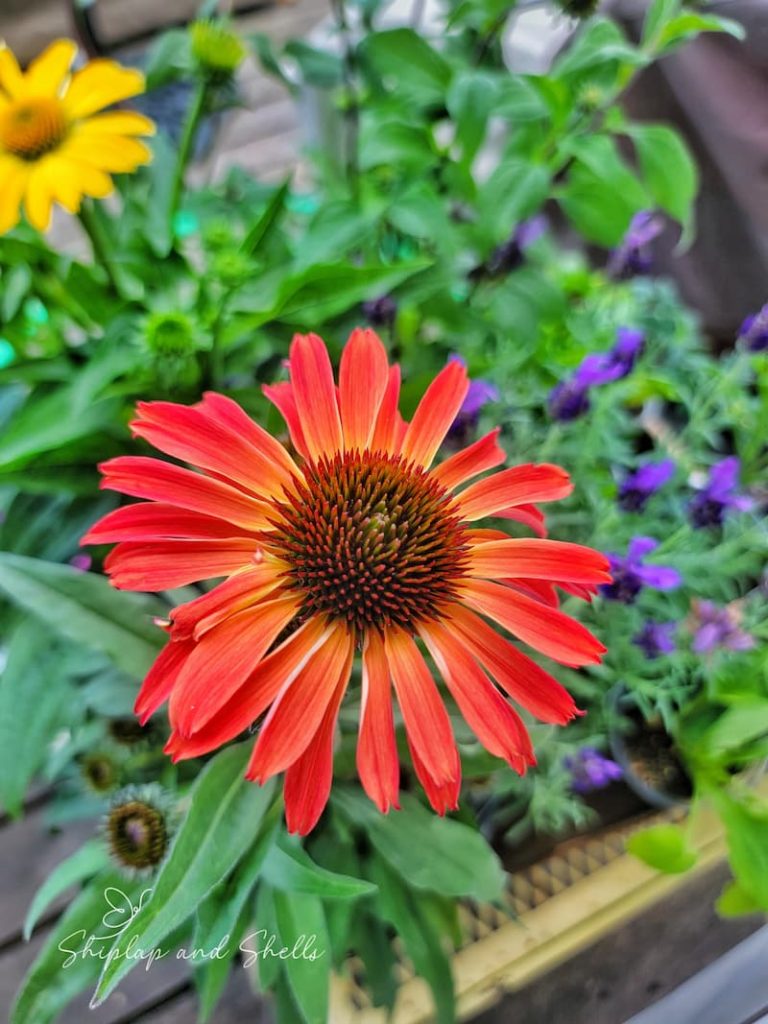
Why I love them: They handle hot, dry summers like champs and look great in wildflower-style gardens.
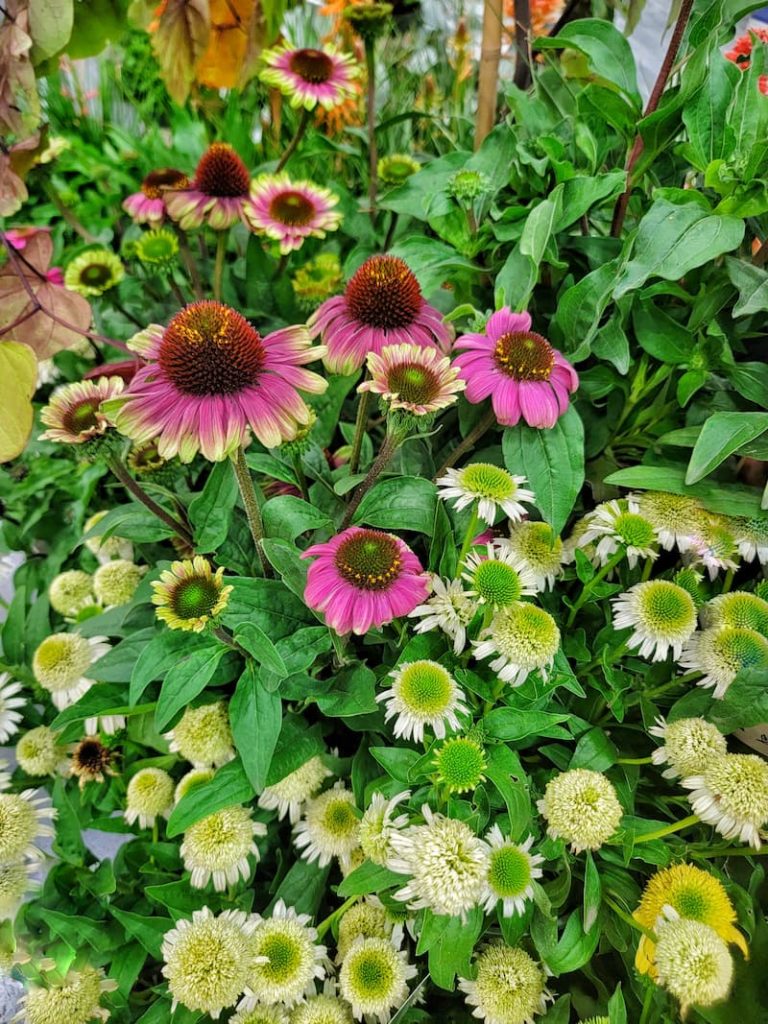
Care Tip: Avoid rich soil or too much water. They actually prefer it lean and mean.
Black-eyed Susans (Rudbeckia)
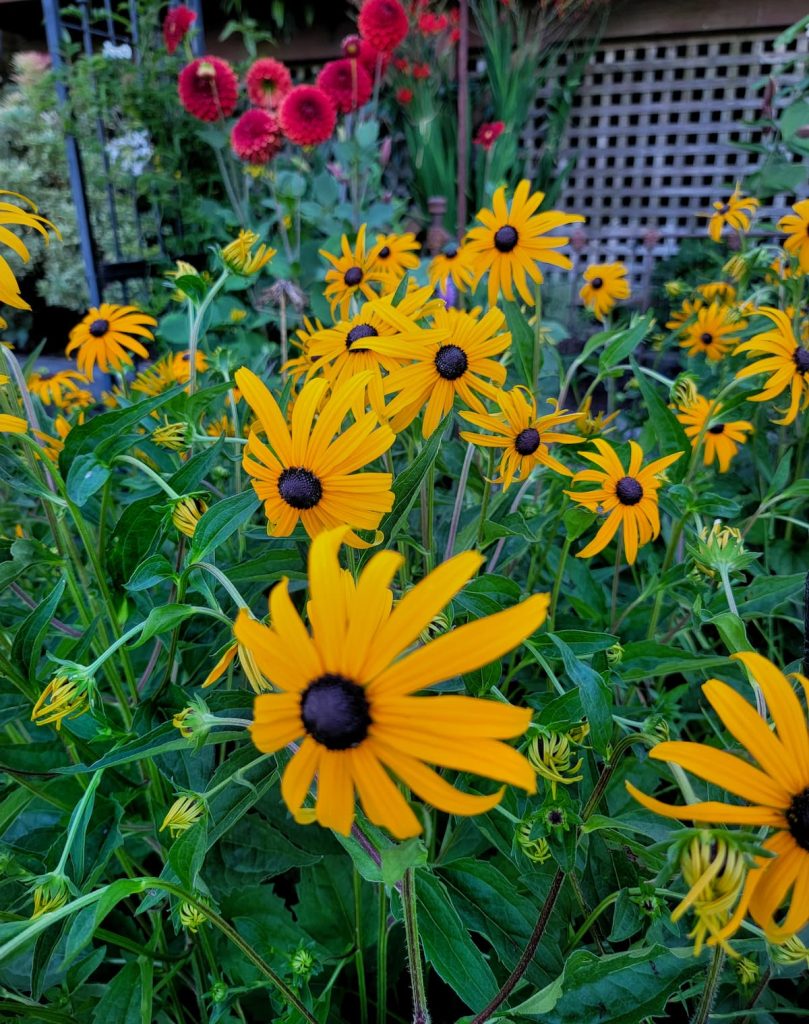
Tough, cheerful, and golden-yellow with dark centers—these perennials scream summer. They fill in beautifully around the garden and mix well with coneflowers, daisies, and ornamental grasses.
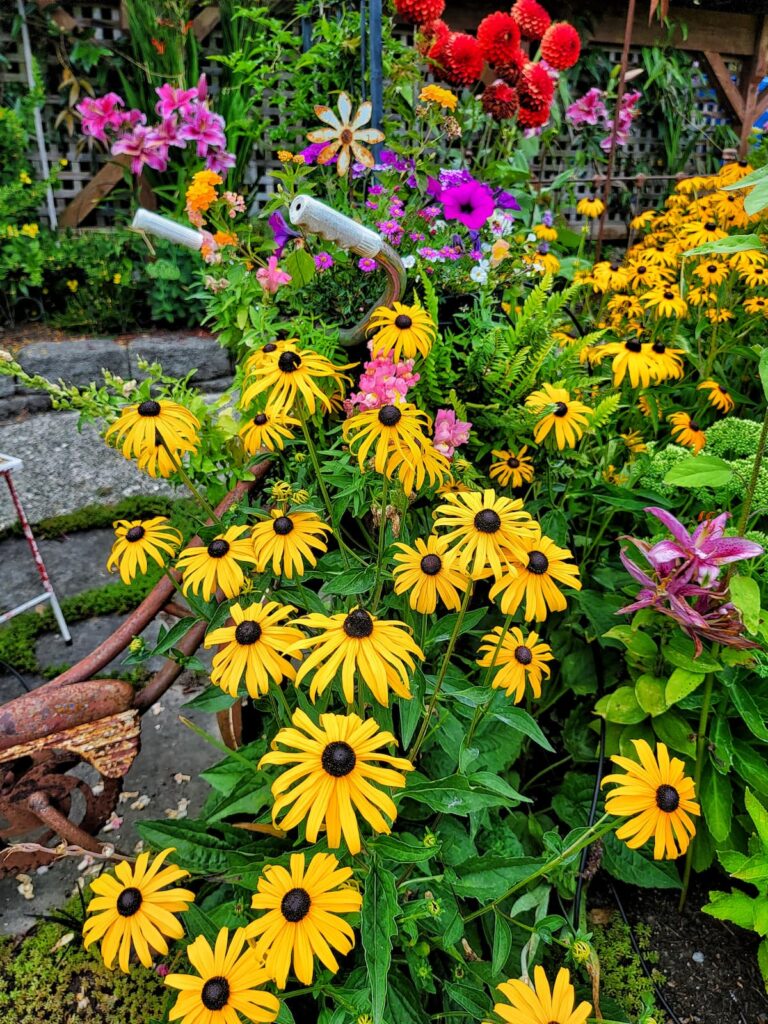
Why I love them: You can practically plant and forget them, and they’ll still perform like pros.
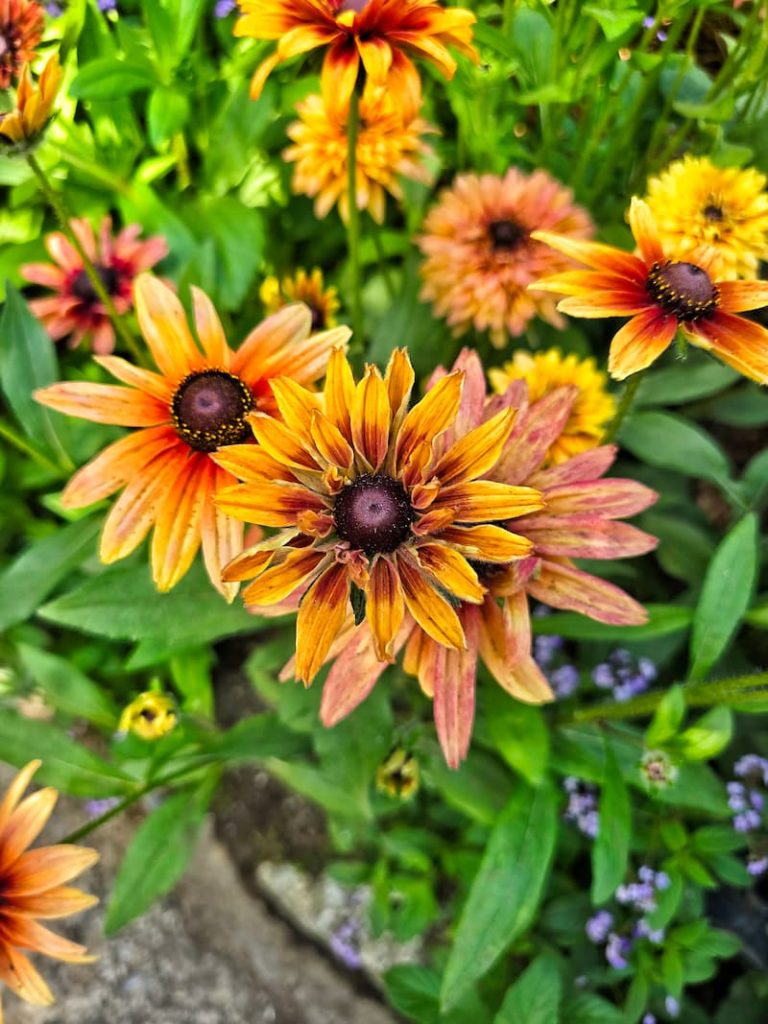
Care Tip: Water until established, then let them do their thing. They’re drought-tolerant and love full sun.
Zinnias
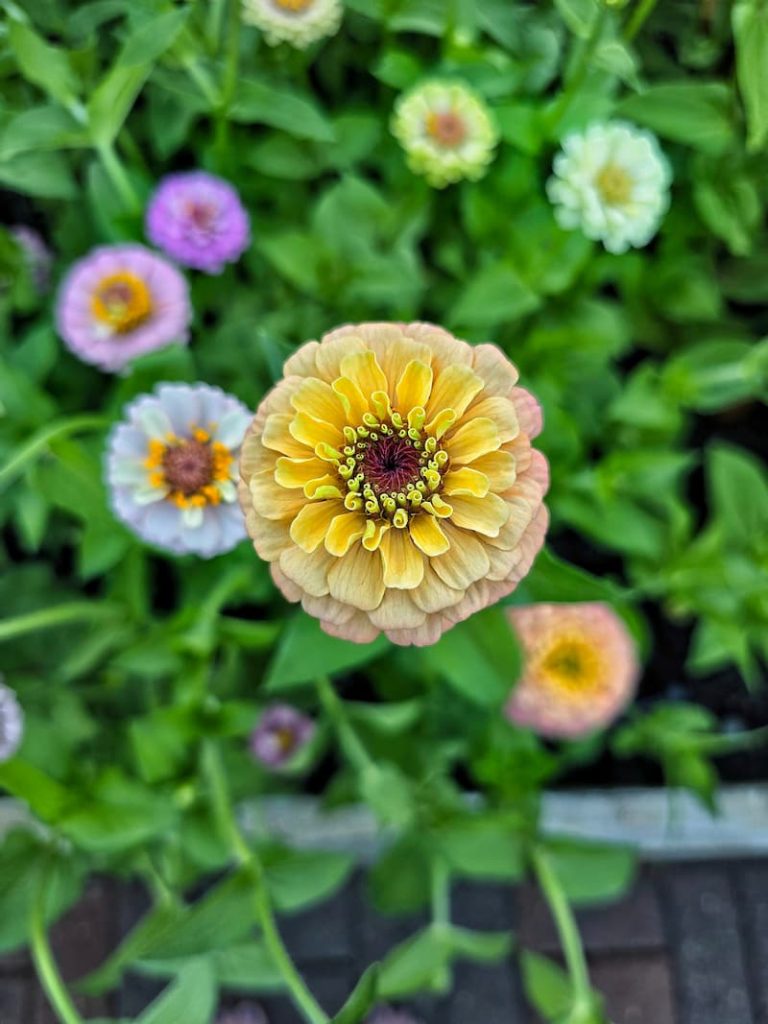
Zinnias are my go-to annuals for non-stop summer color. They come in every shade under the sun and are ridiculously easy to grow from seed.
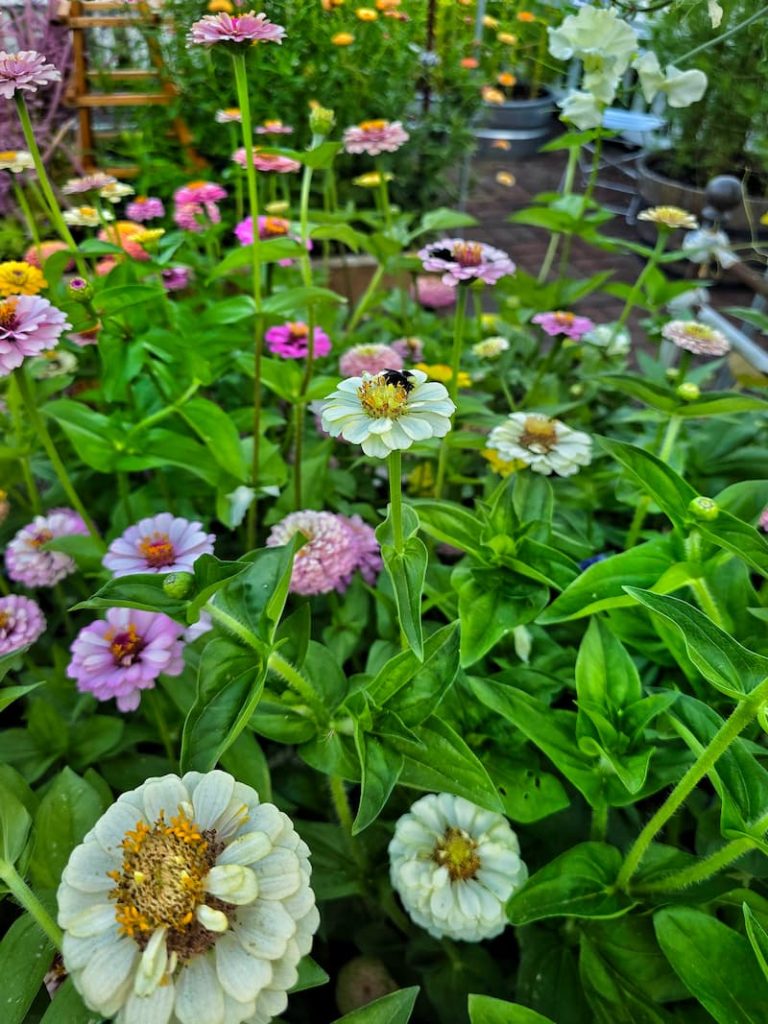
Why I love them: The more you cut them, the more they bloom. Perfect for bouquets!
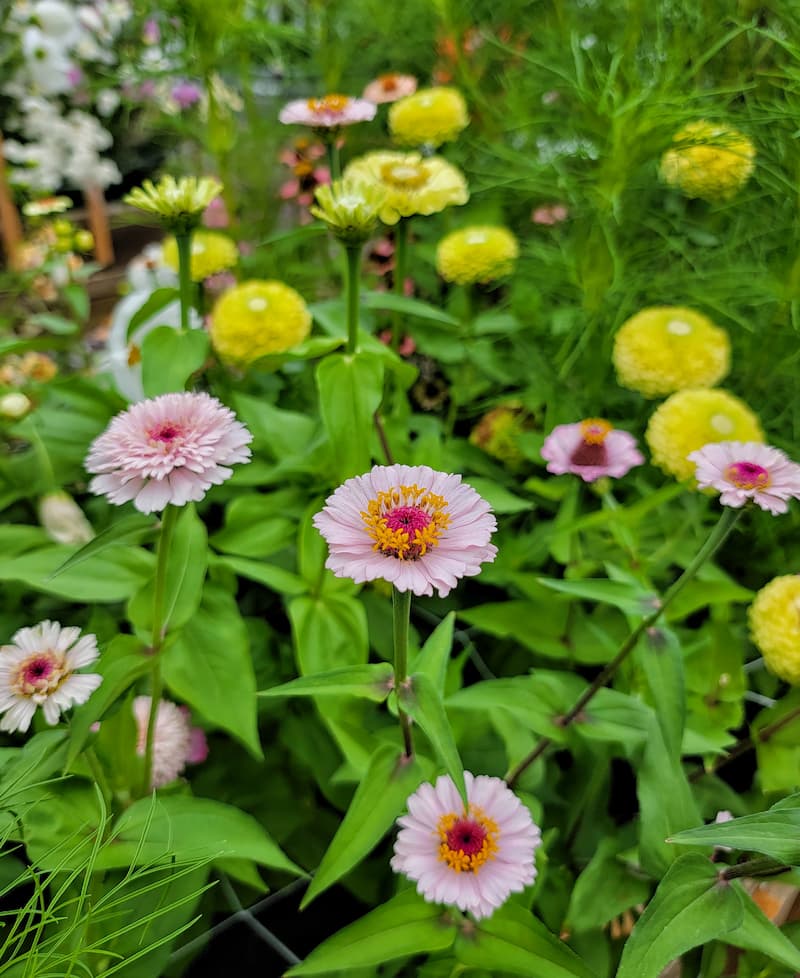
Care Tip: Give them full sun, space for air circulation, and deadhead often for a bloom explosion.
Sunflower
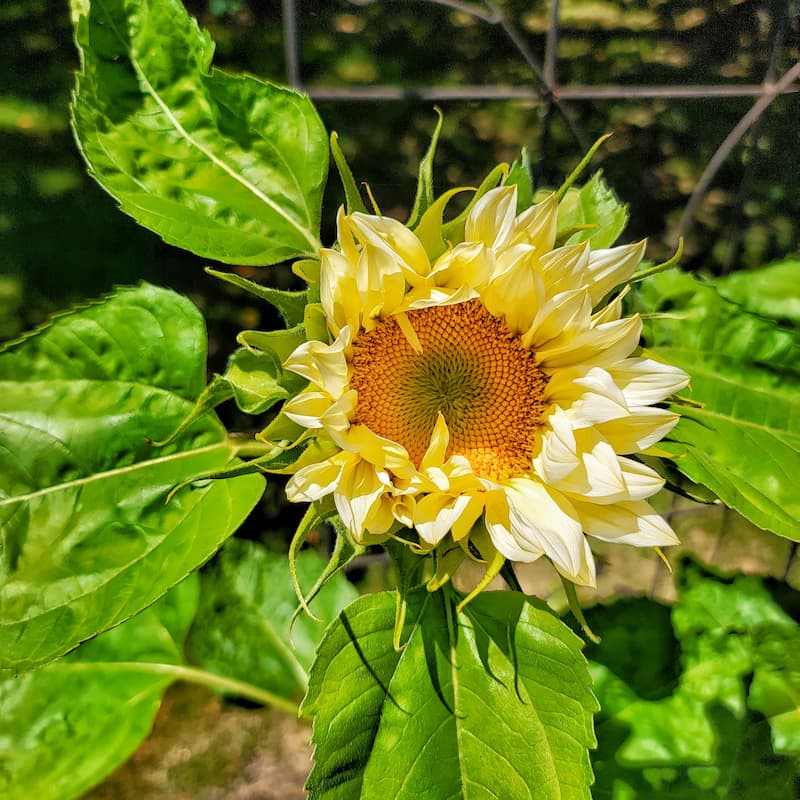
If you’re looking for tall drama and instant joy, plant some sunflowers. They’re fast growers, super low maintenance, and a favorite of pollinators.
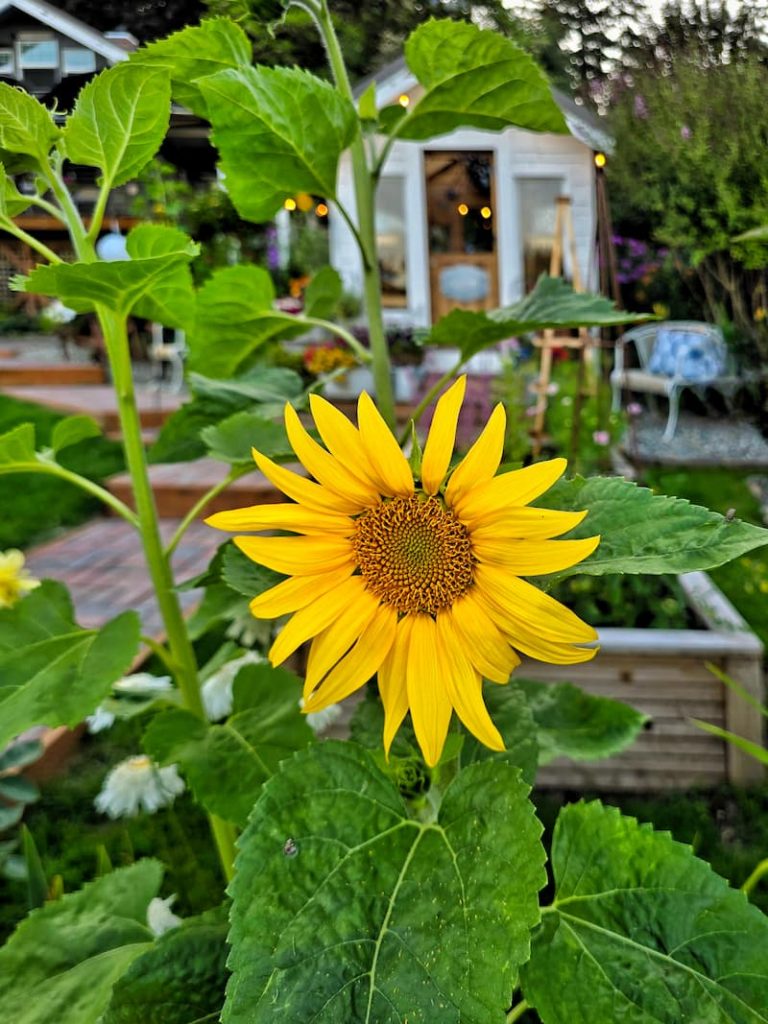
Why I love them: Watching them follow the sun never gets old—and the seed heads feed birds in the fall!
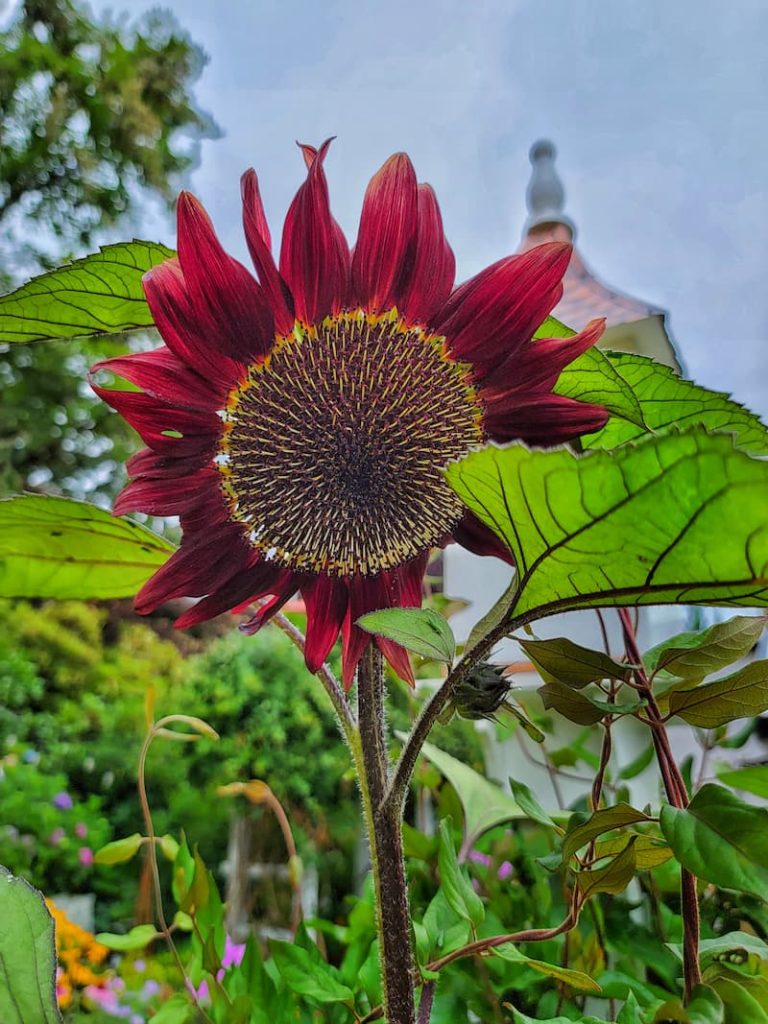
Care Tip: Stake taller varieties if you get windy days. And start them indoors if you have greedy birds like I do!
Calendula
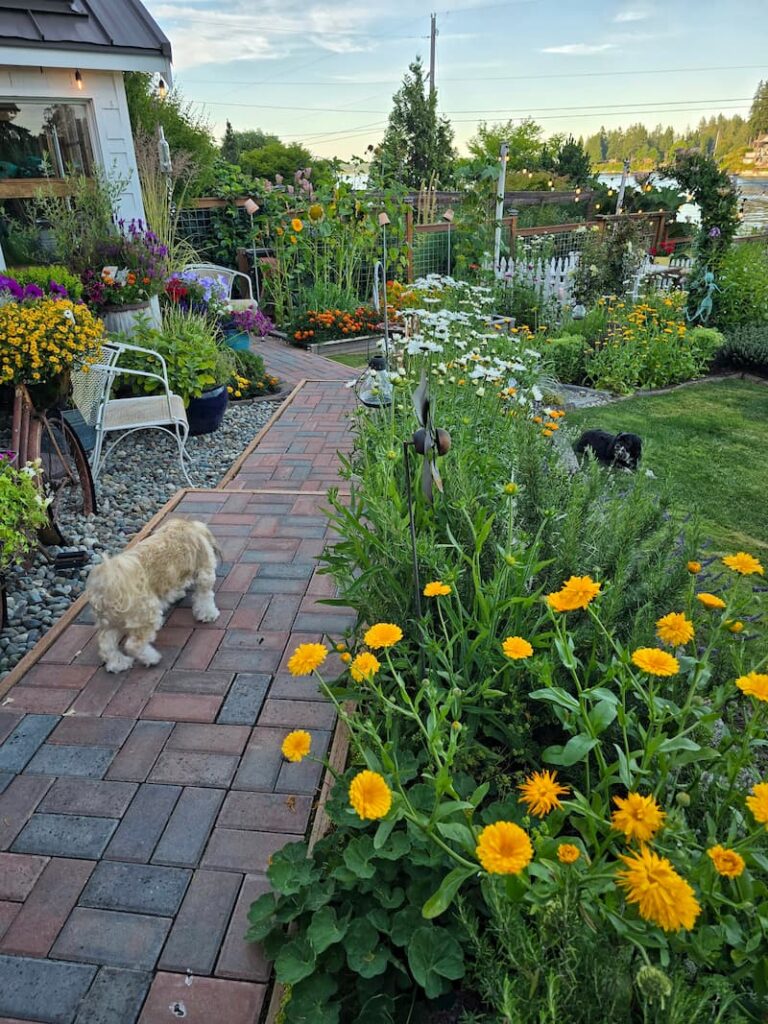
Calendula (also called pot marigold) is one of my favorite underrated flowers. These cheerful blooms bring warm yellow and orange tones to the garden and self-seed like pros in milder climates.
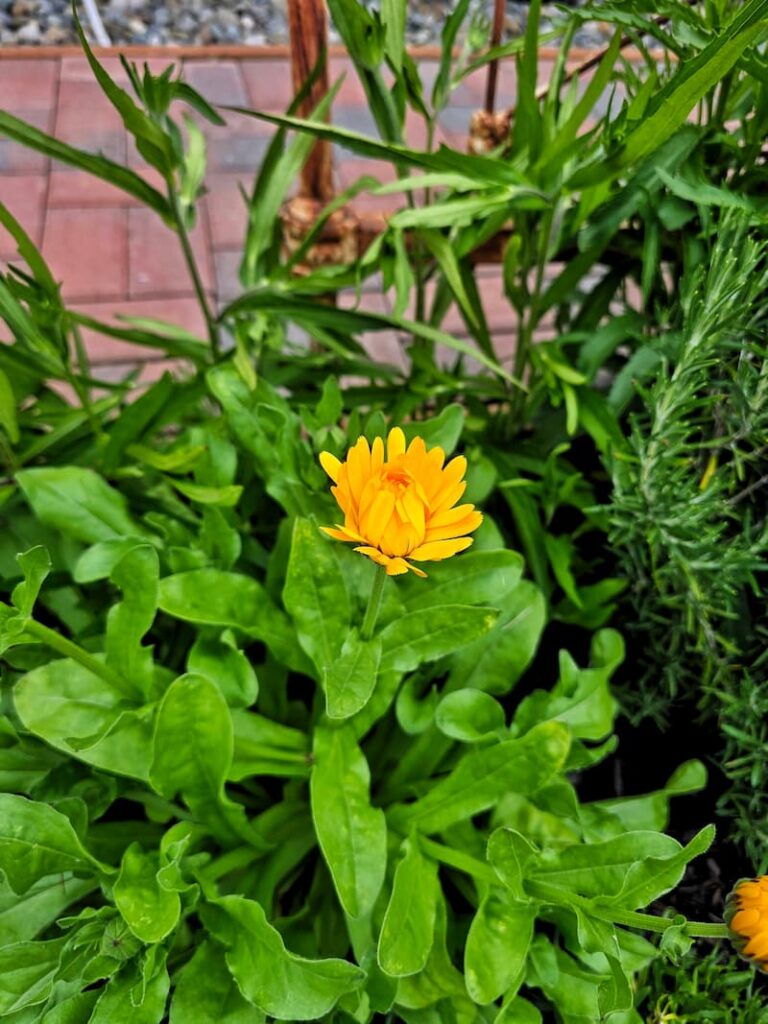
Why I love them: They’re edible, easy to grow, and great for attracting pollinators.
Care Tip: Deadhead regularly, and don’t be afraid to reseed for a second round of blooms.
Phlox
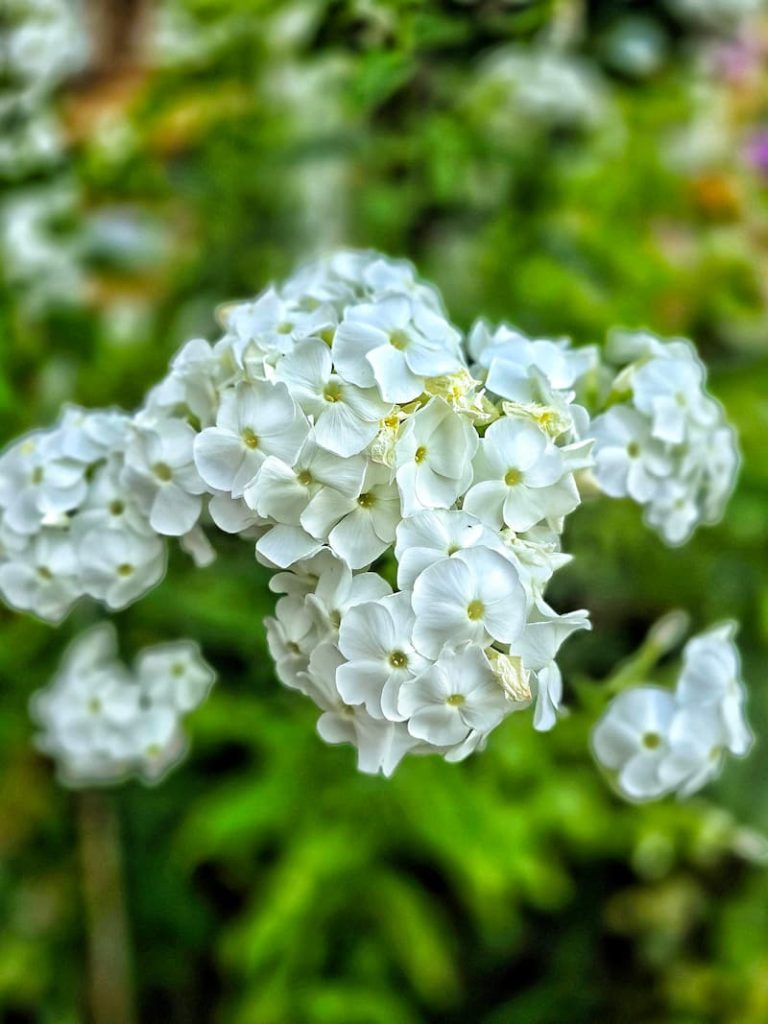
Phlox has such a sweet cottage garden vibe, especially when planted with daisies or coneflowers. The blooms are fragrant and long-lasting, adding height and softness to your beds.
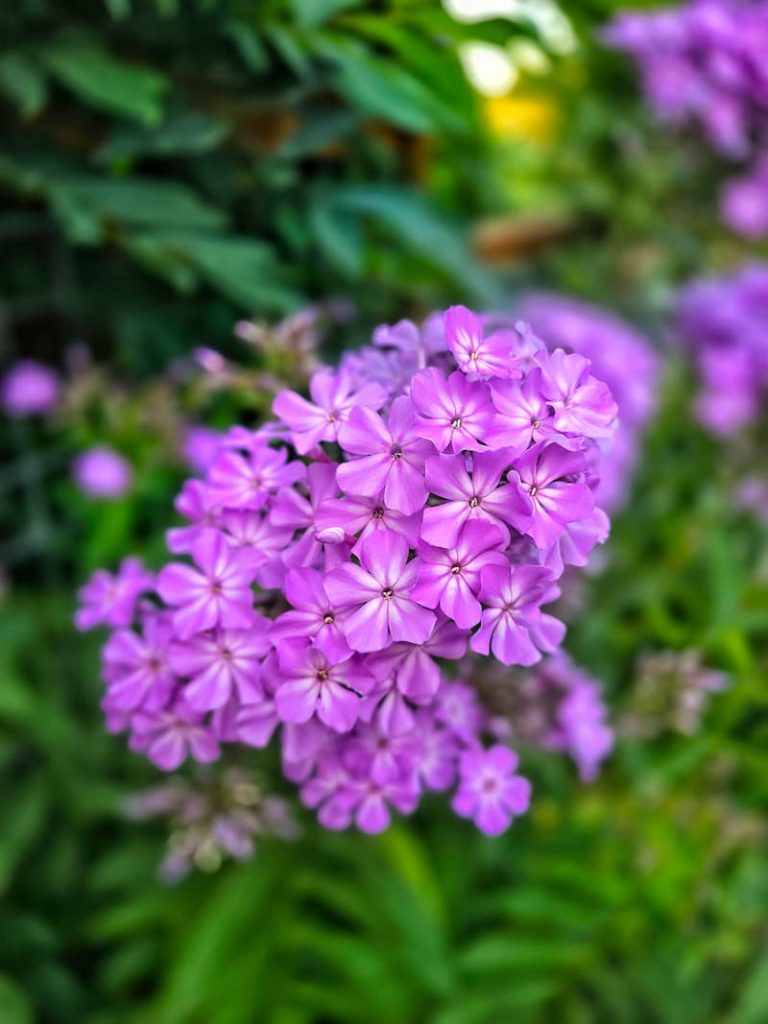
Why I love them: They bloom in clusters and attract all the right garden visitors.
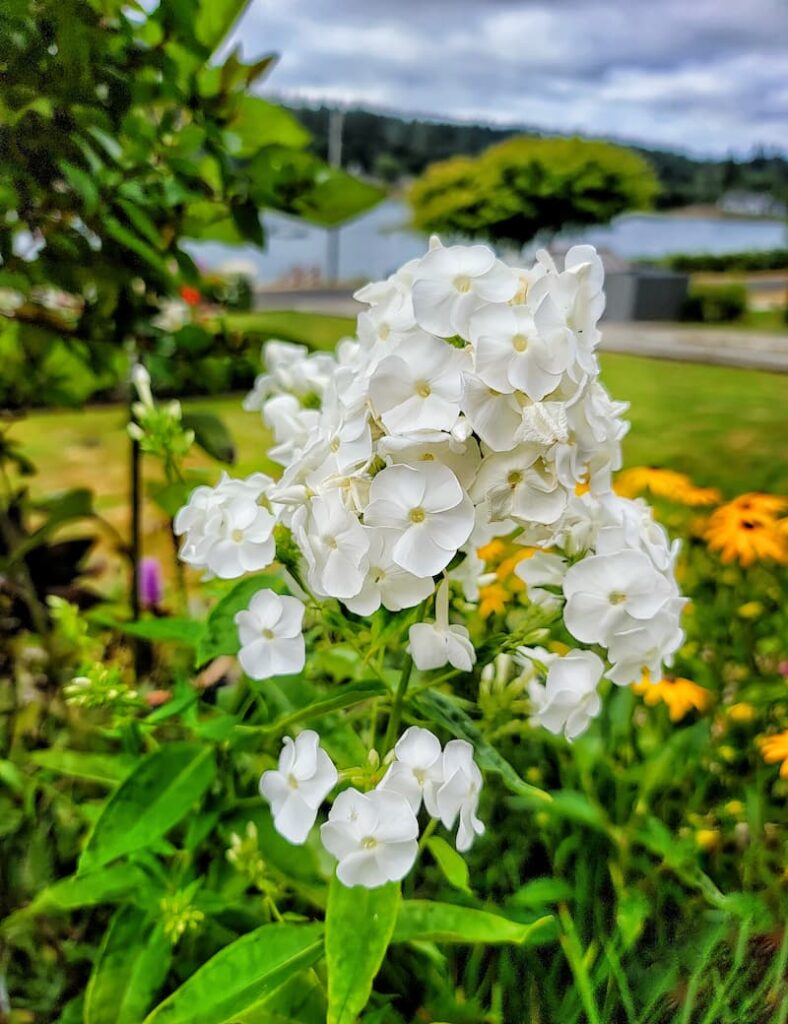
Care Tip: Look for mildew-resistant varieties, and give them good air circulation to stay healthy.
Strawflower
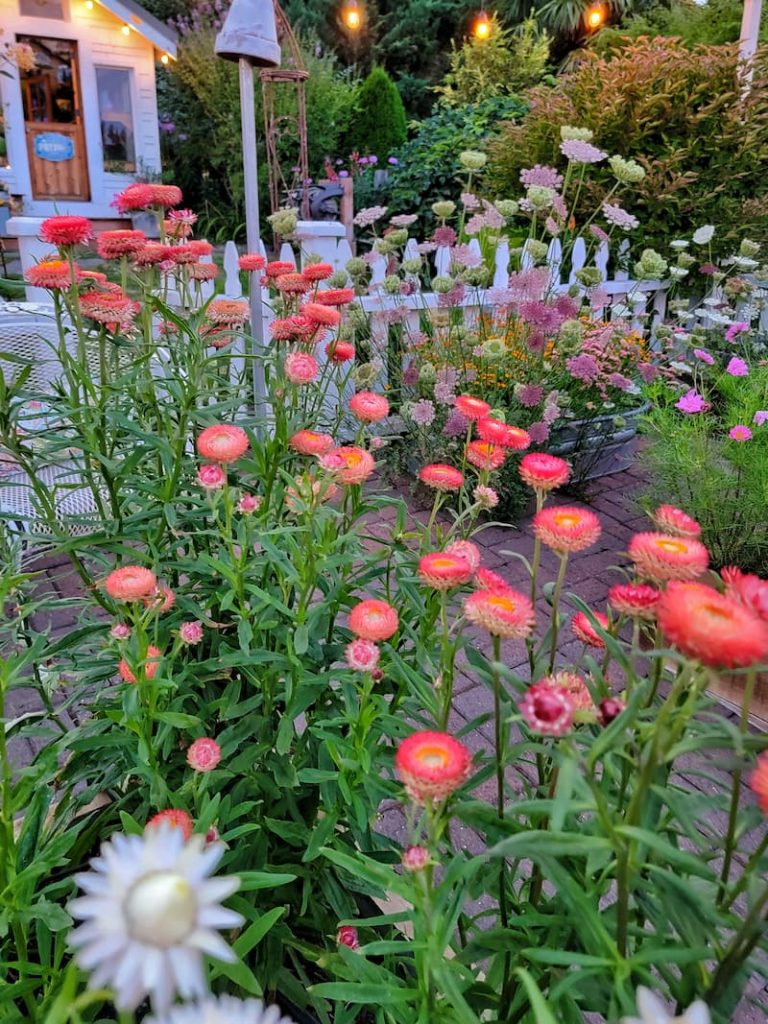
These papery blooms look like they’ve been dried before you even cut them. I grow strawflowers every year for dried arrangements, and they last forever.
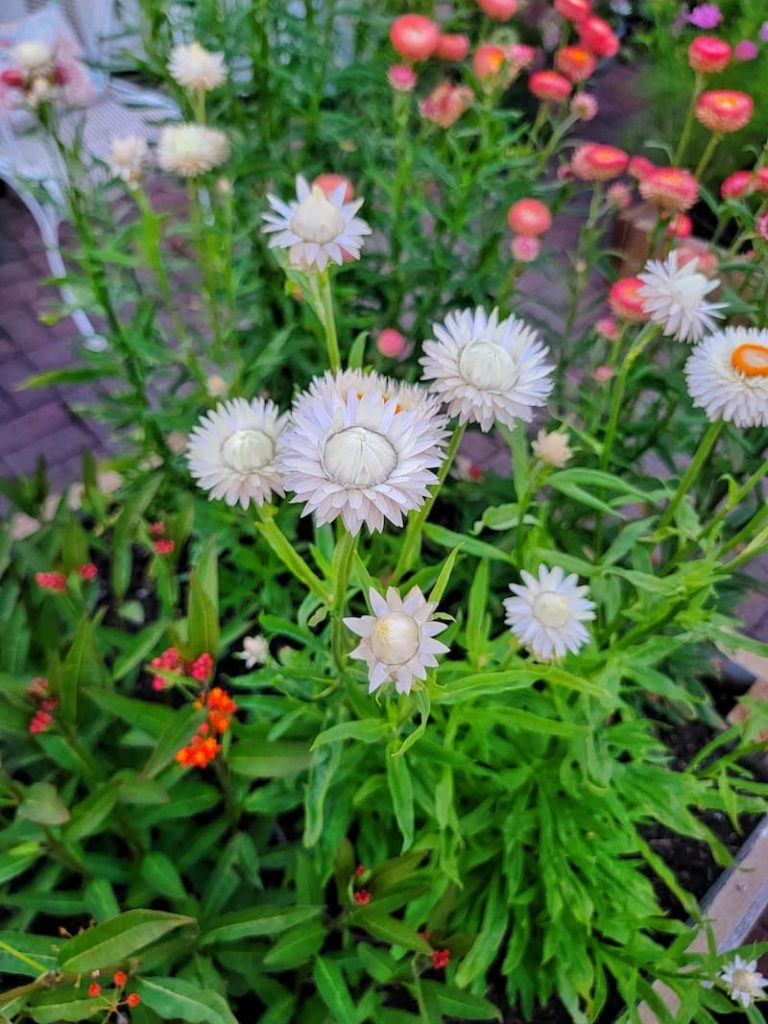
Why I love them: They’re colorful, heat-tolerant, and one of the longest bloomers in the garden.
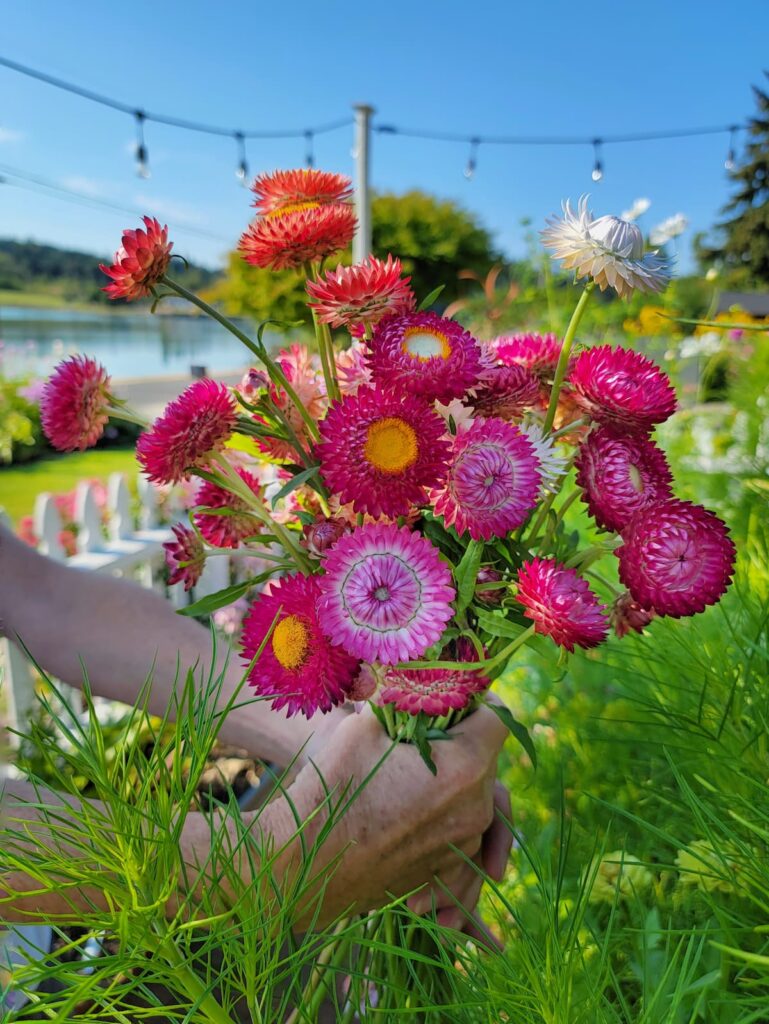
Care Tip: Pick them early in the day and hang them upside down to dry if you want to preserve them.
Marigolds
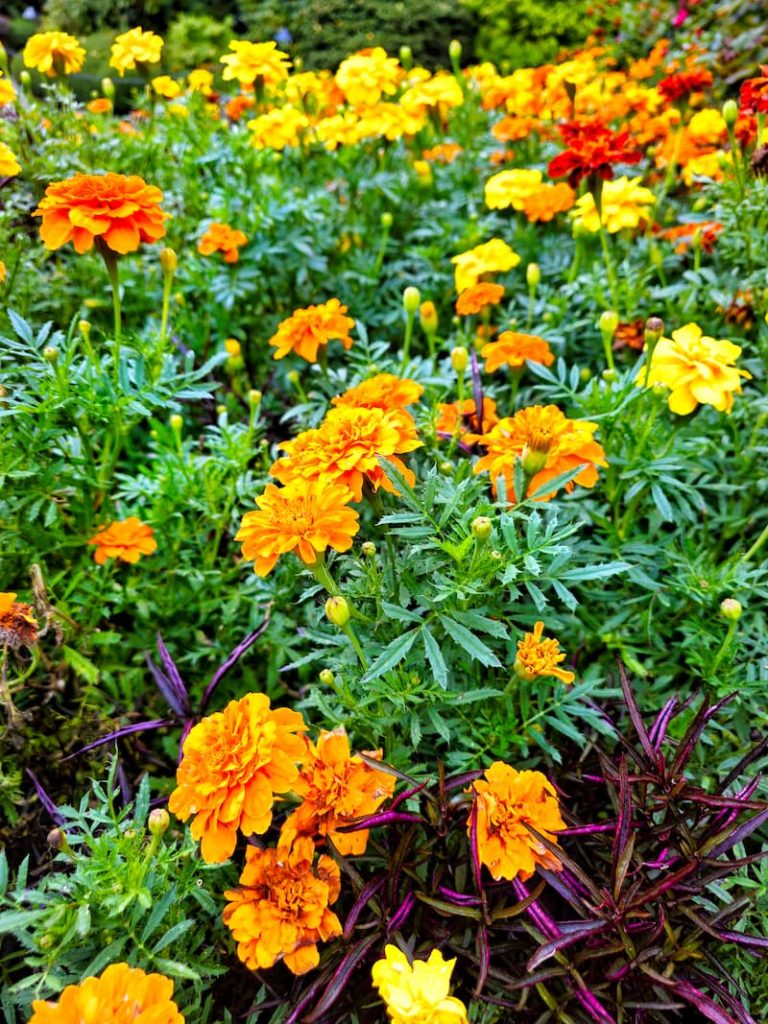
Bright, low-maintenance, and surprisingly pest-resistant, marigolds are great for the vegetable garden and flower beds alike.

Why I love them: Their bold colors add warmth to the garden, and they help repel certain bugs.
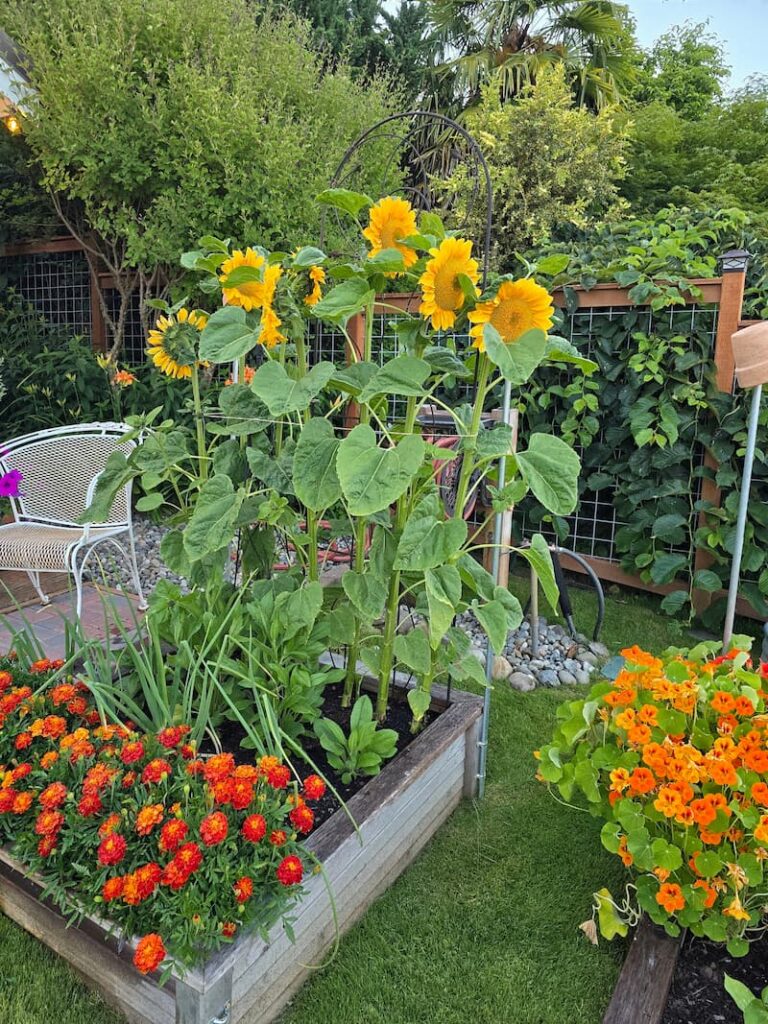
Care Tip: Avoid overly rich soil, and give them full sun for the best blooms.
Daylilies
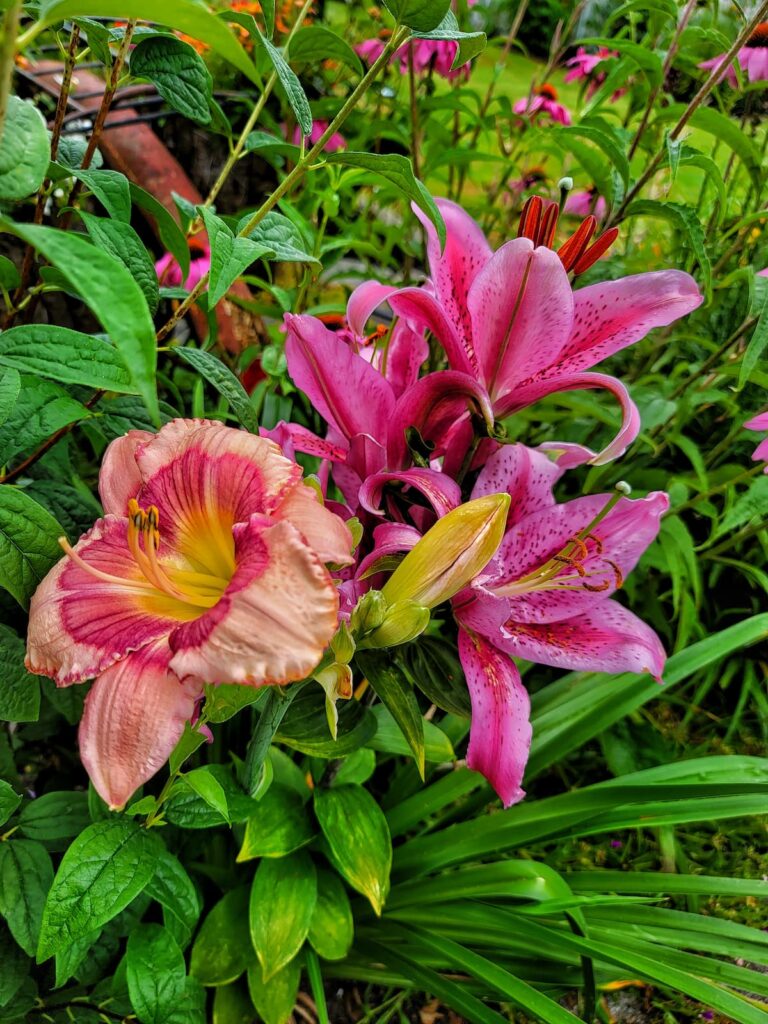
True to their name, each bloom lasts only a day, but there are so many, it feels like they never stop. These hardy perennials handle just about anything.
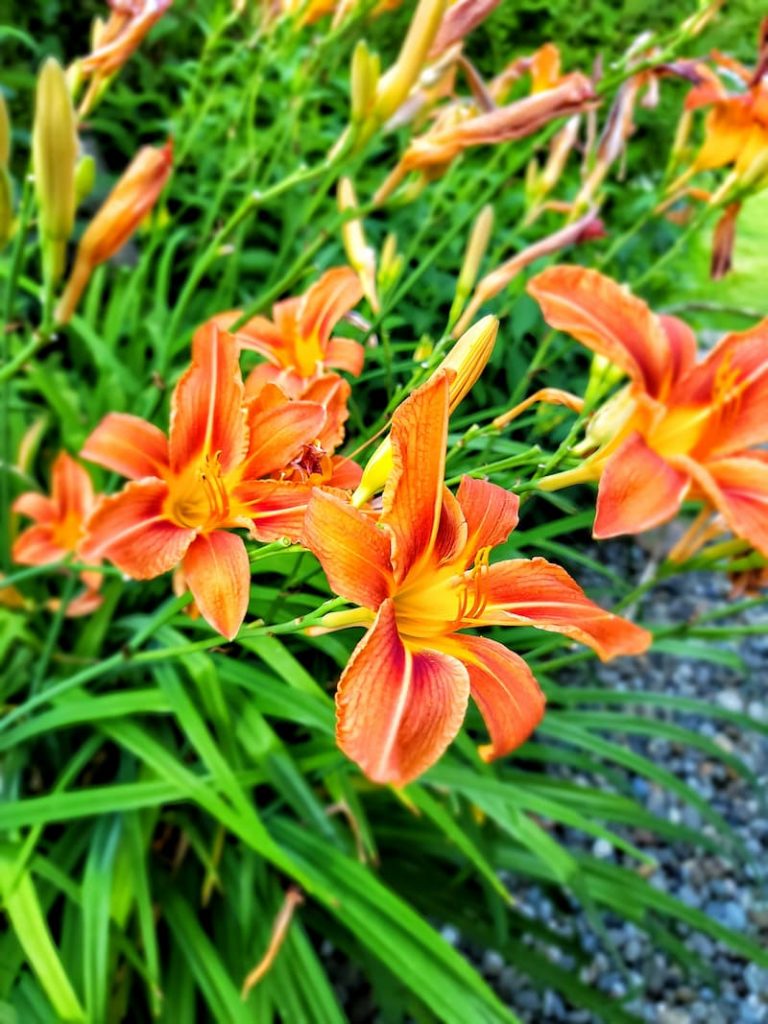
Why I love them: You plant them once, and they reward you year after year.
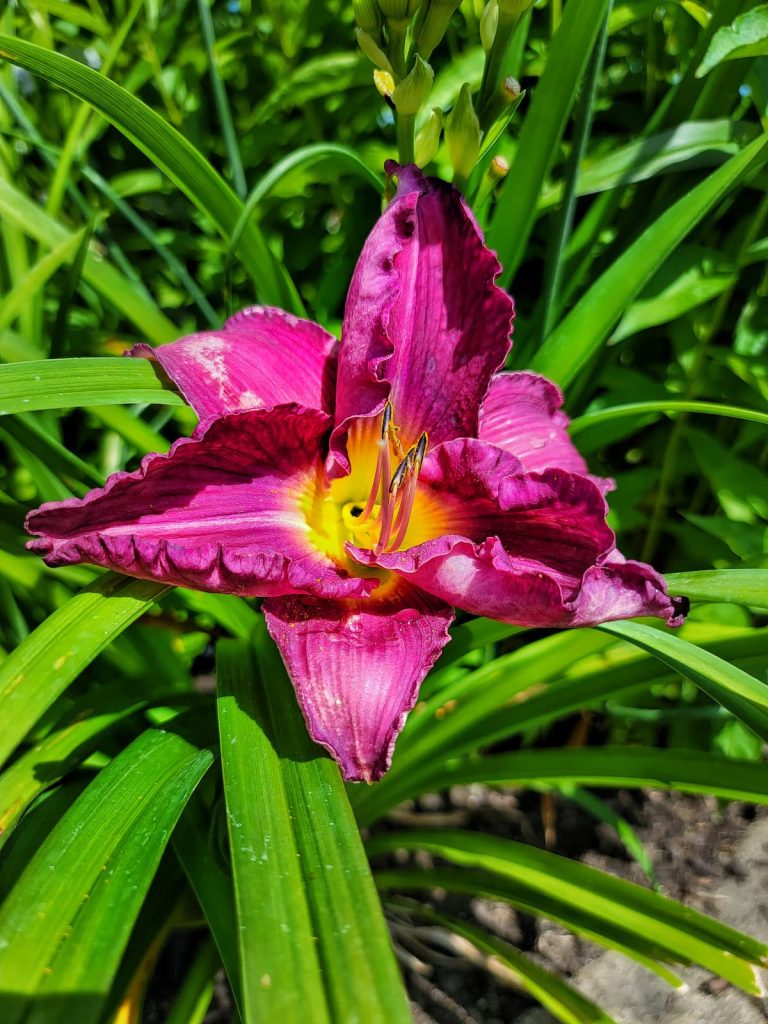
Care Tip: Divide them every few years to keep the clumps vigorous.
Hydrangeas
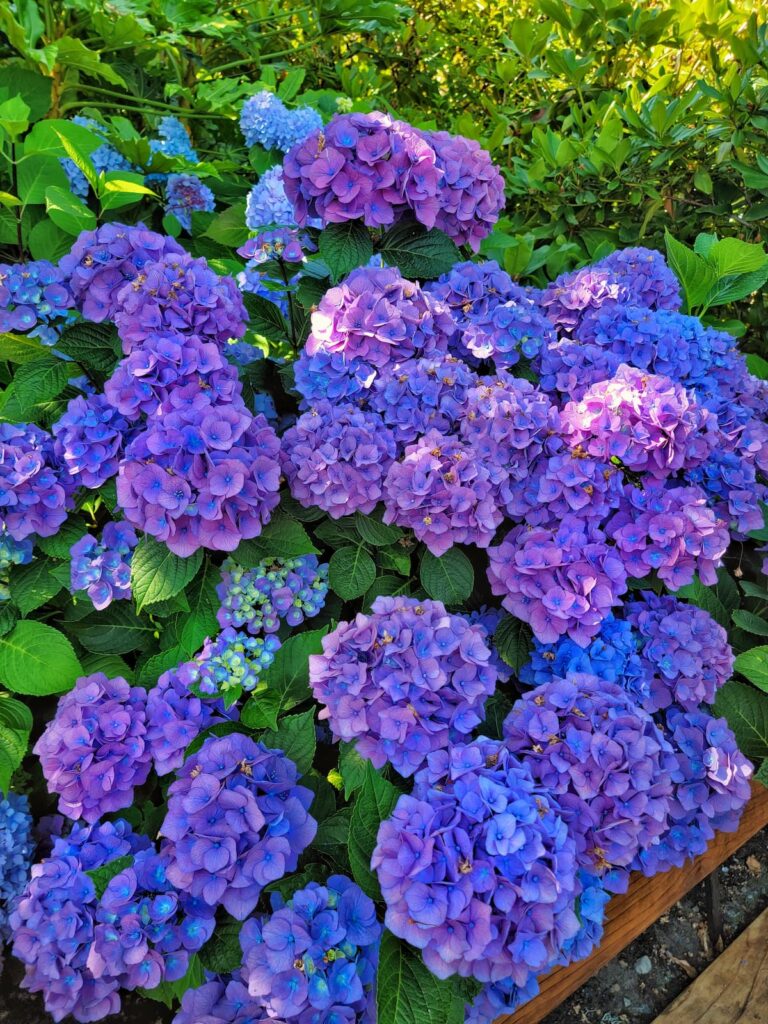
No cottage garden is complete without hydrangeas. These timeless perennials bloom from late spring through fall, and their big, blousy blooms add instant charm whether you’re growing mophead, panicle, or oakleaf varieties.
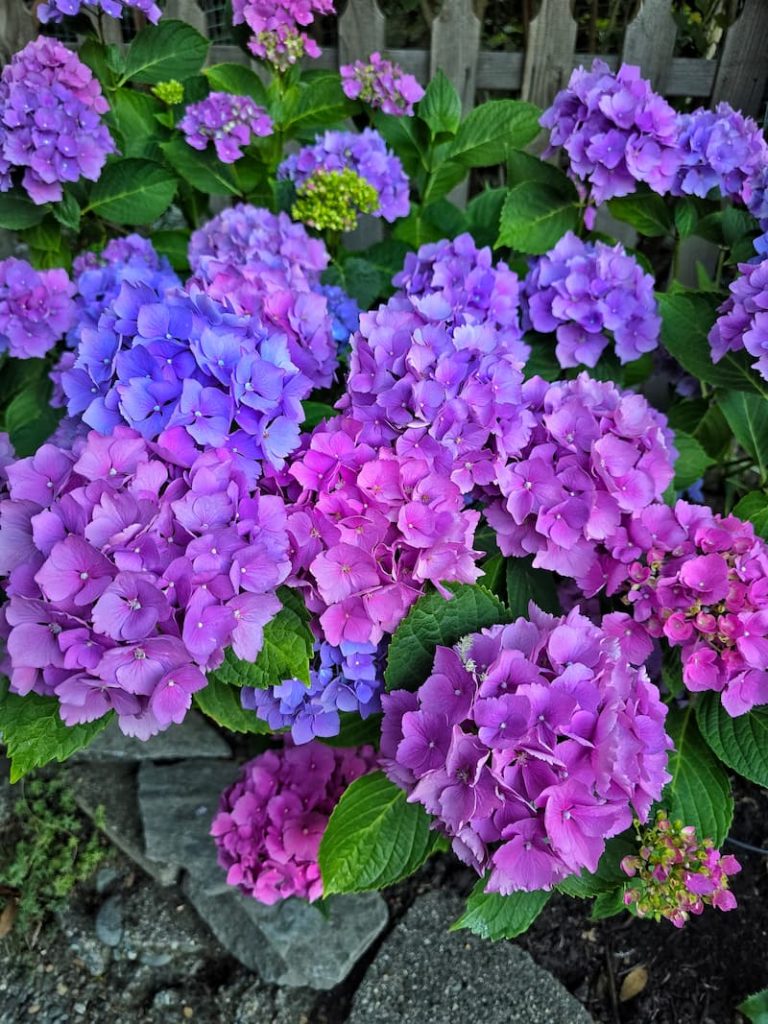
Why I Love Them: They’re dependable, long-lasting, and versatile—and they dry beautifully for fall decor. I snip them for arrangements well into autumn!
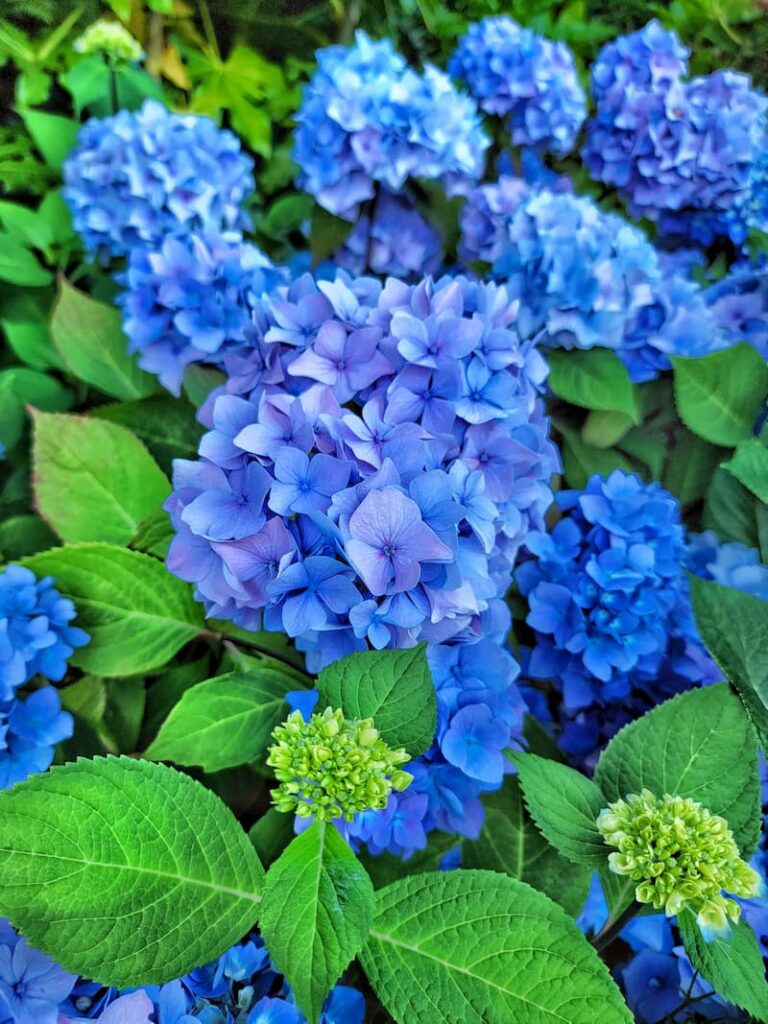
Care Tip: Plant in well-drained, rich soil with morning sun and afternoon shade. Water deeply once or twice a week, and fertilize in early spring. Prune based on the type—some bloom on old wood, others on new!
Yarrow
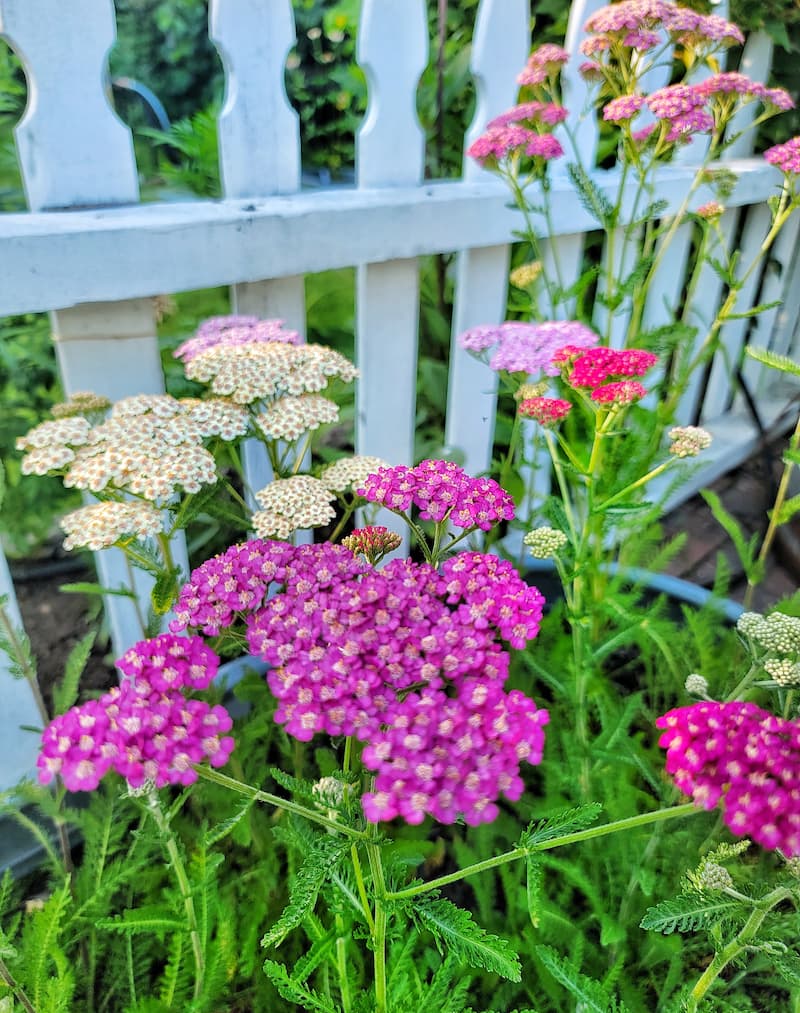
Yarrow is the unsung hero of the summer garden. It adds a splash of color with clusters of tiny blooms and thrives in tough conditions, from poor soil to full-on drought.
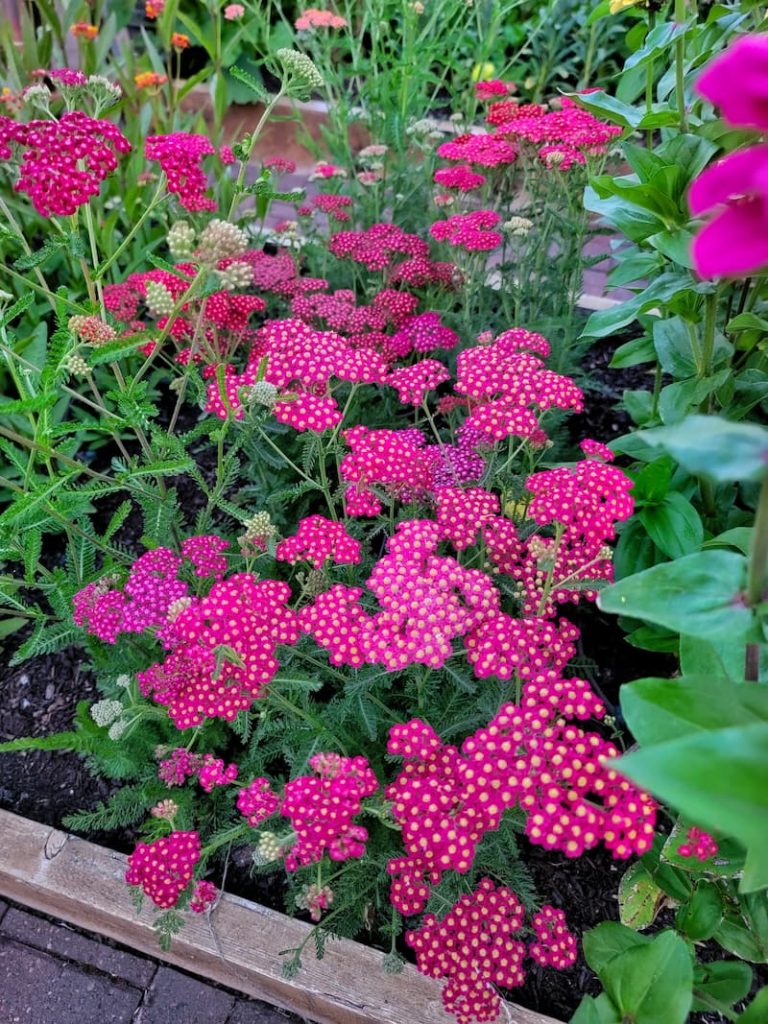
Why I Love Them: They’re low-maintenance and great for pollinators—and their ferny foliage adds texture too.
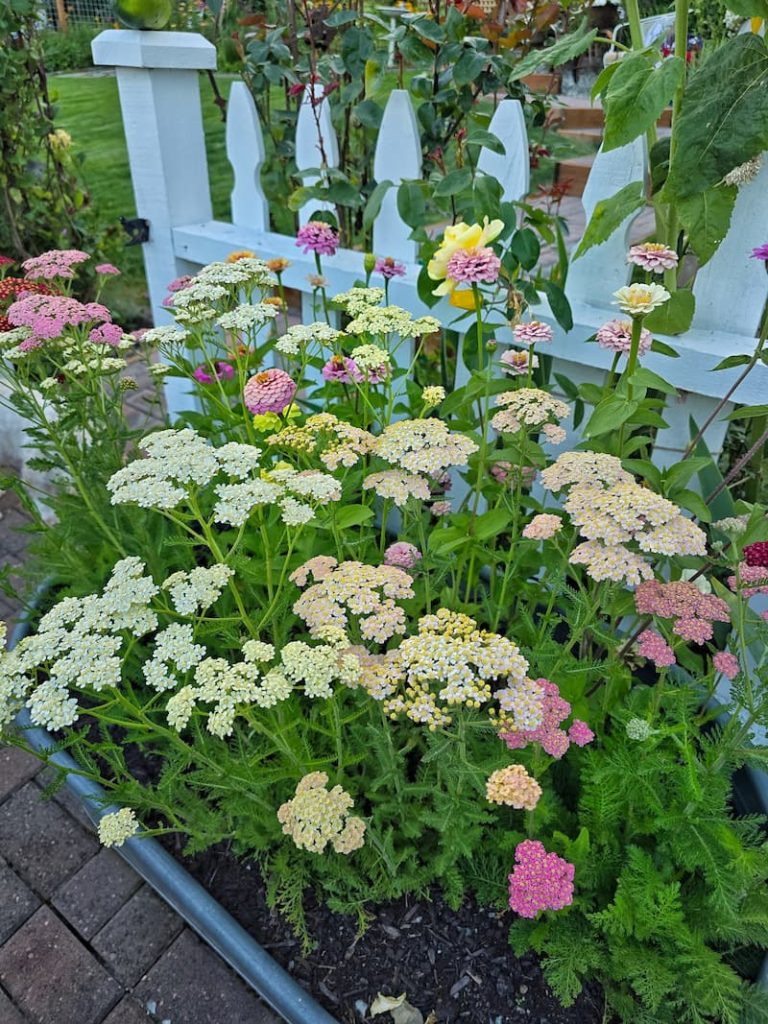
Care Tip: Give them full sun and well-drained soil. Once they’re established, yarrow barely needs water. Deadhead regularly to prolong the blooming season and prevent floppiness.
Cosmos
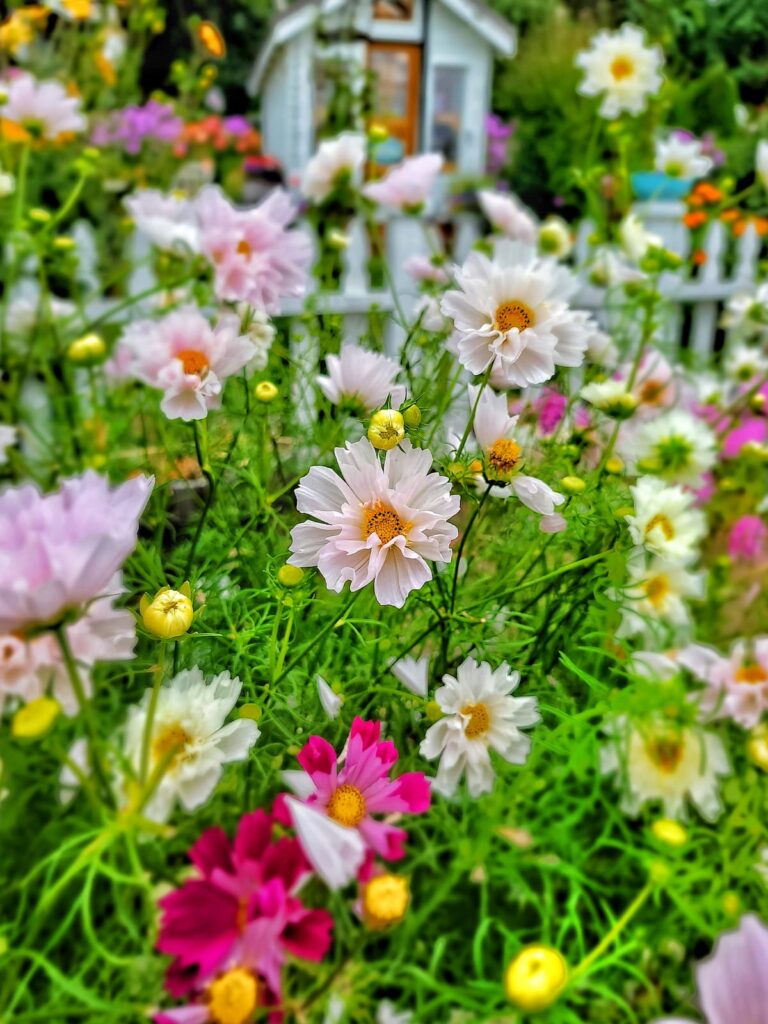
Whimsical and airy, cosmos add a dreamy quality to your garden. Their delicate petals and feathery foliage pair beautifully with bold bloomers like dahlias and zinnias.
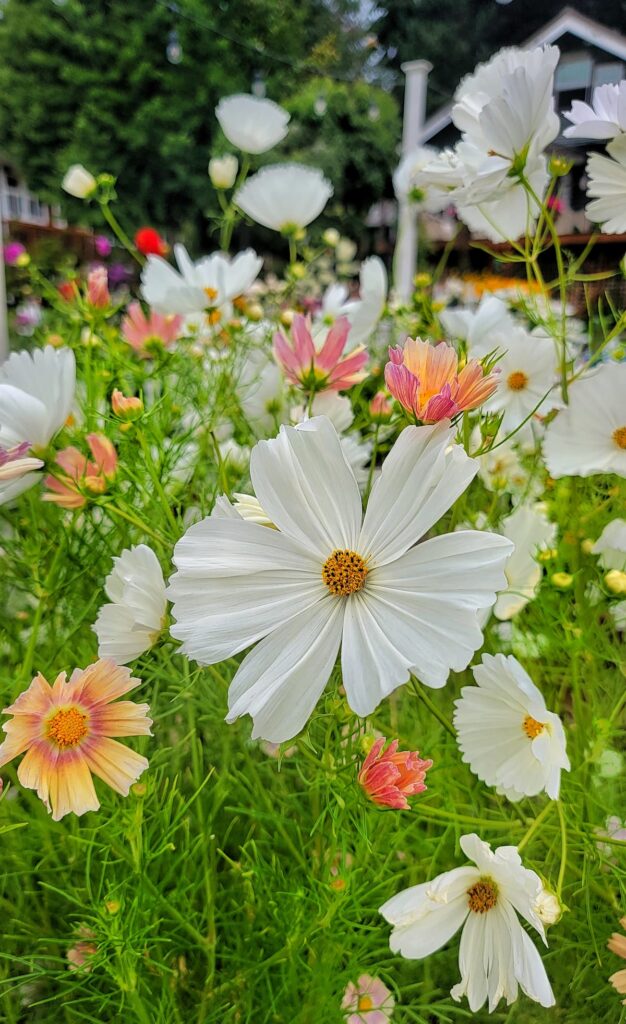
Why I love them: They’re one of the easiest flowers to grow from seed and bloom right through fall.

Care Tip: Don’t overfertilize or they’ll get leggy. Deadhead to keep them blooming.
Quick Tips for Growing a Thriving Mid-Summer Garden
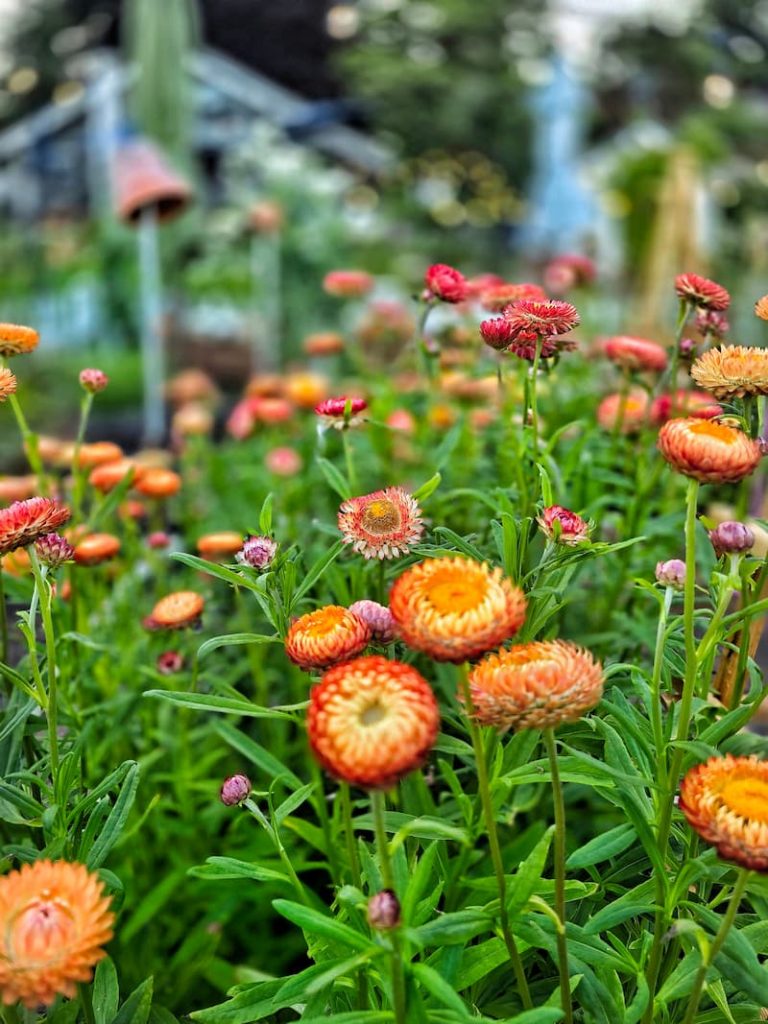
Even the best bloomers need a little TLC. Here are a few tips for success:
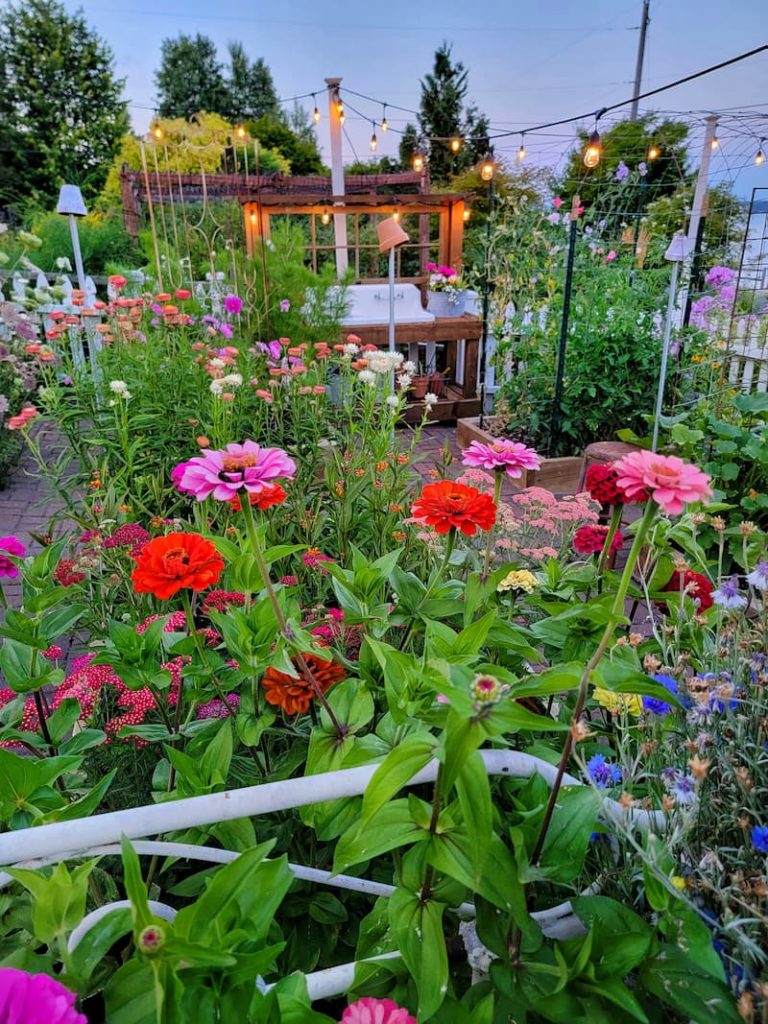
Bonus: Simple Garden Design Tips for Mid-Summer Blooms
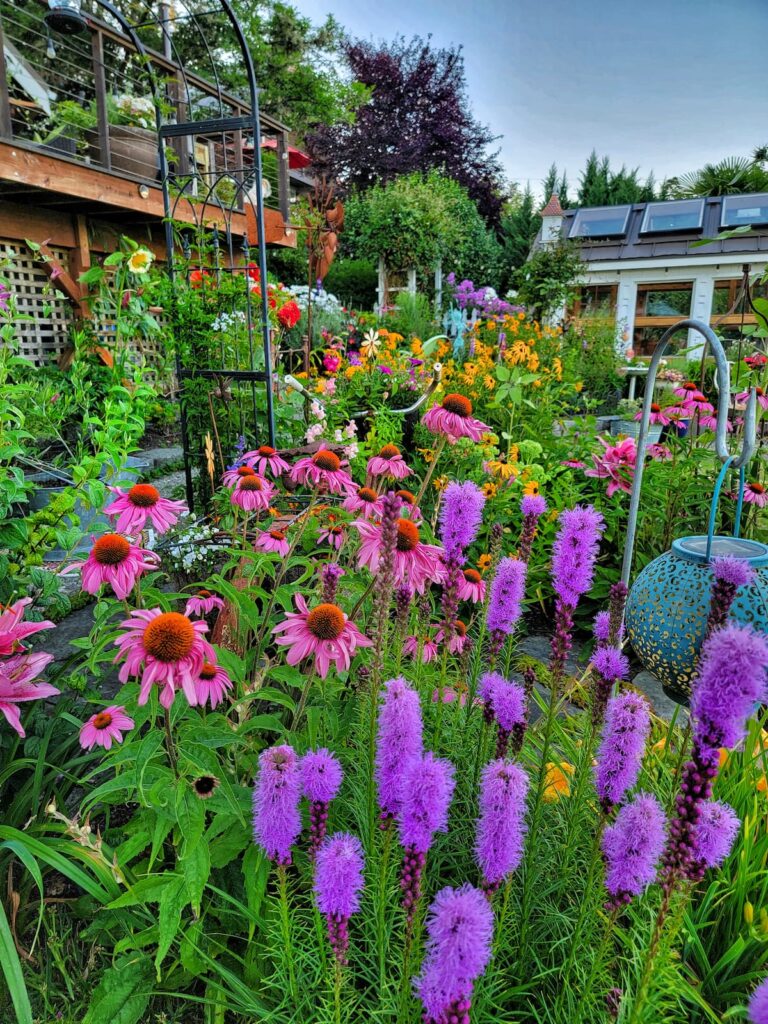
Once you’ve picked your flowers, it’s fun to play around with how to style them in your garden. Here are a few quick ideas I use when designing with summer bloomers:
Garden Supplies and Tools
Check out my favorite garden supplies and tools for the growing season. Whether you’re looking for potting soil or deer repellent, you’ll find what I use in my own garden.
Final Thoughts for Mid-Summer Blooms in Your Garden

Mid-summer is when the magic really happens in the garden, and with the right blooms, it can be your most beautiful season yet. From bold dahlias to sweet daisies and pollinator-friendly cosmos, these flowers will carry your garden into late summer with color, charm, and ease.
Mid-summer is the perfect time to note your garden’s progress. Experimenting with different mid-summer flowers and design strategies can help you plan for next season.
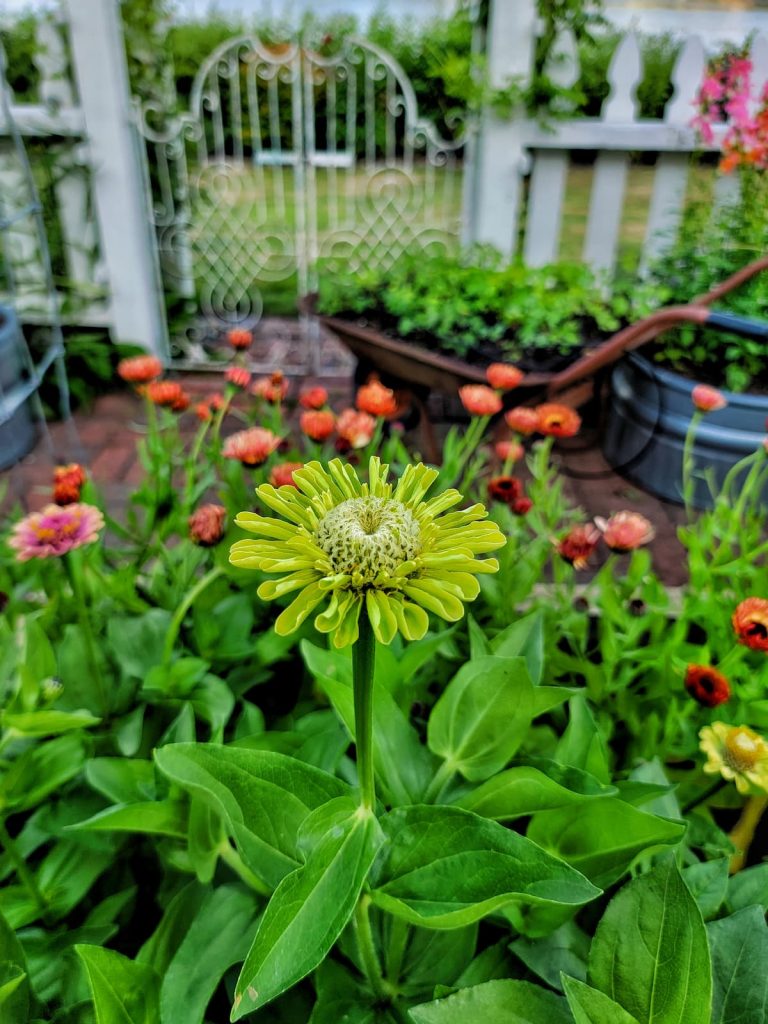
Have a favorite mid-summer bloomer I missed? Let me know in the comments! And if this post helped you, feel free to share it with a fellow flower lover who’s ready to bring their garden back to life.
Until next time,
Happy Gardening!

I’m a self-taught hobby gardener. Everything I share on my blog is my opinion and what has worked for me.
MORE POSTS
For You To Enjoy
Follow Me for More Inspiration
Shop my Amazon Storefront, LTK sources, and my favorite home decor, garden, and lifestyle products. When you purchase from one of my links, I earn a small commission, which helps me continue sharing all the content you expect on my blog.
Be sure to follow me on Pinterest, Instagram, Facebook, TikTok and LIKEtoKNOW.it. Do you like gardening? Join my Facebook Gardening Tips & Tricks group.

